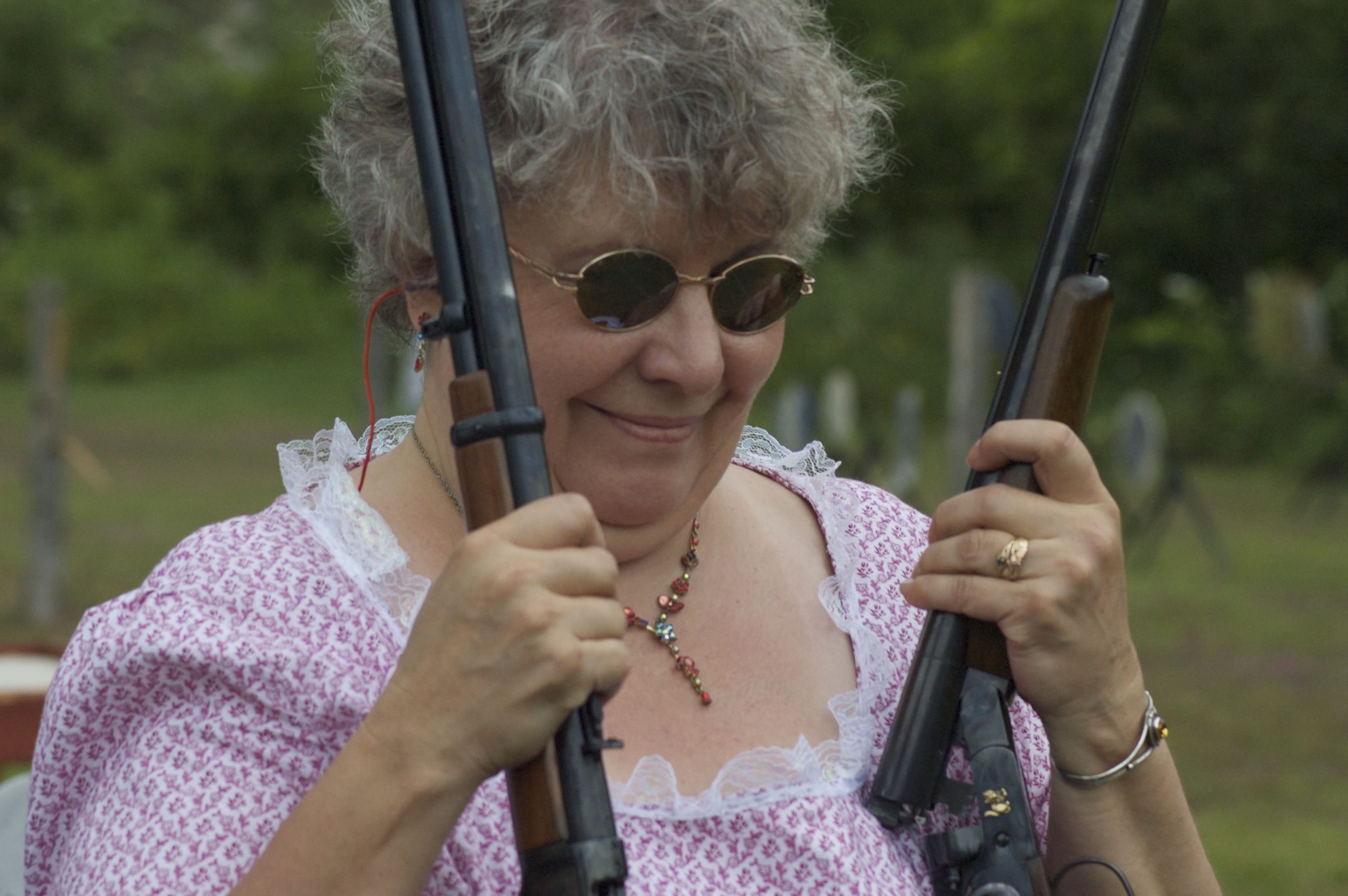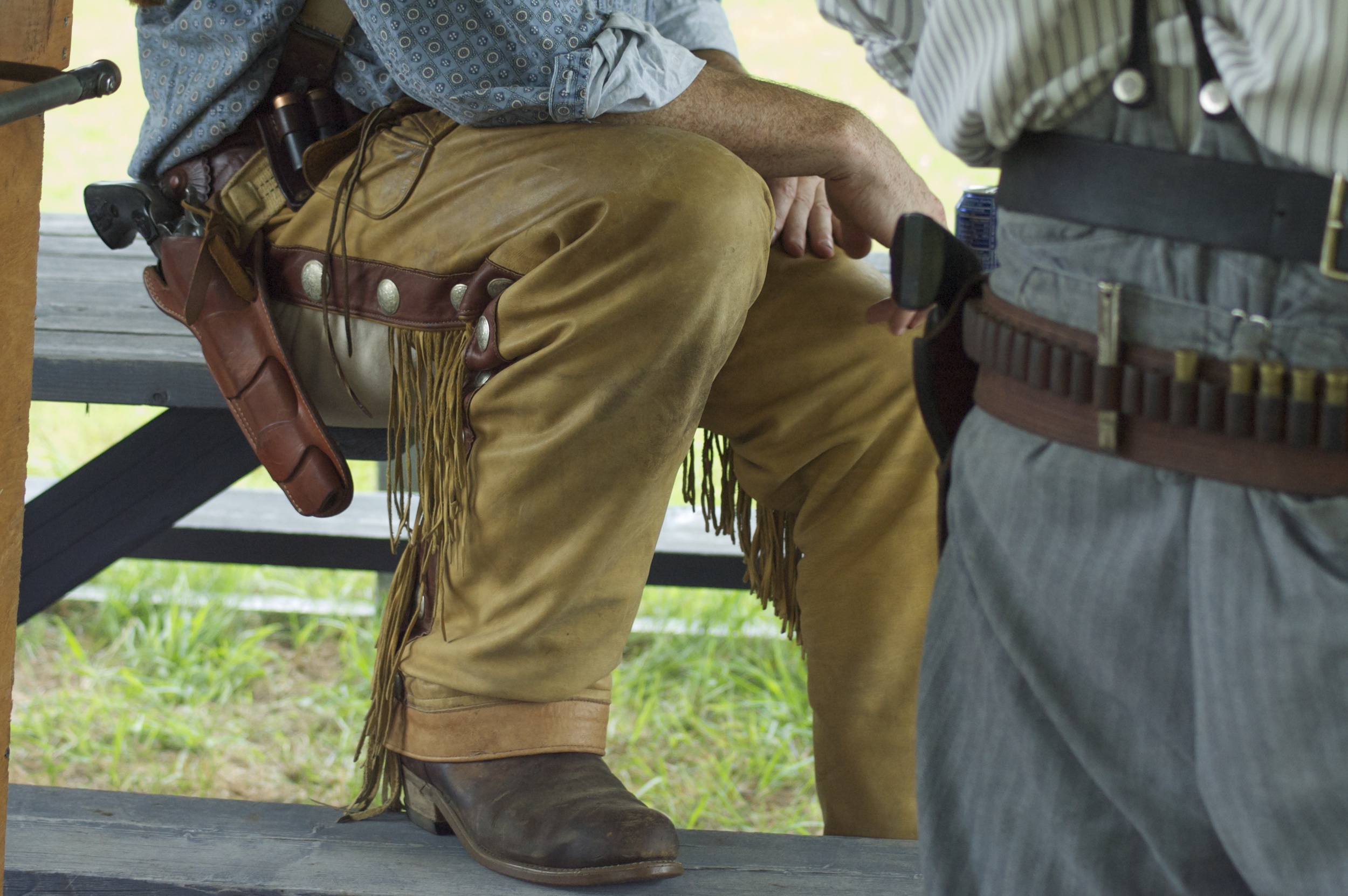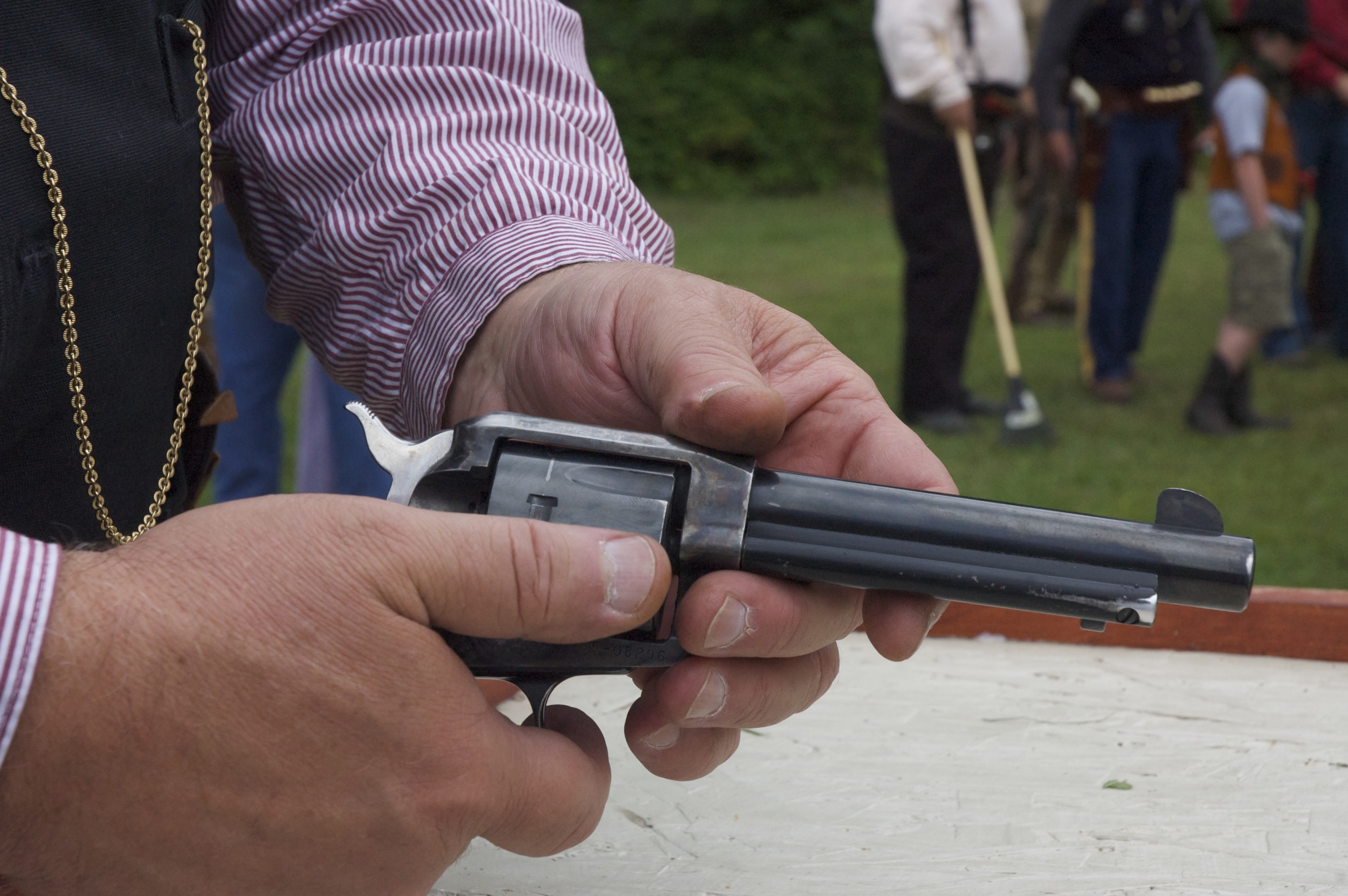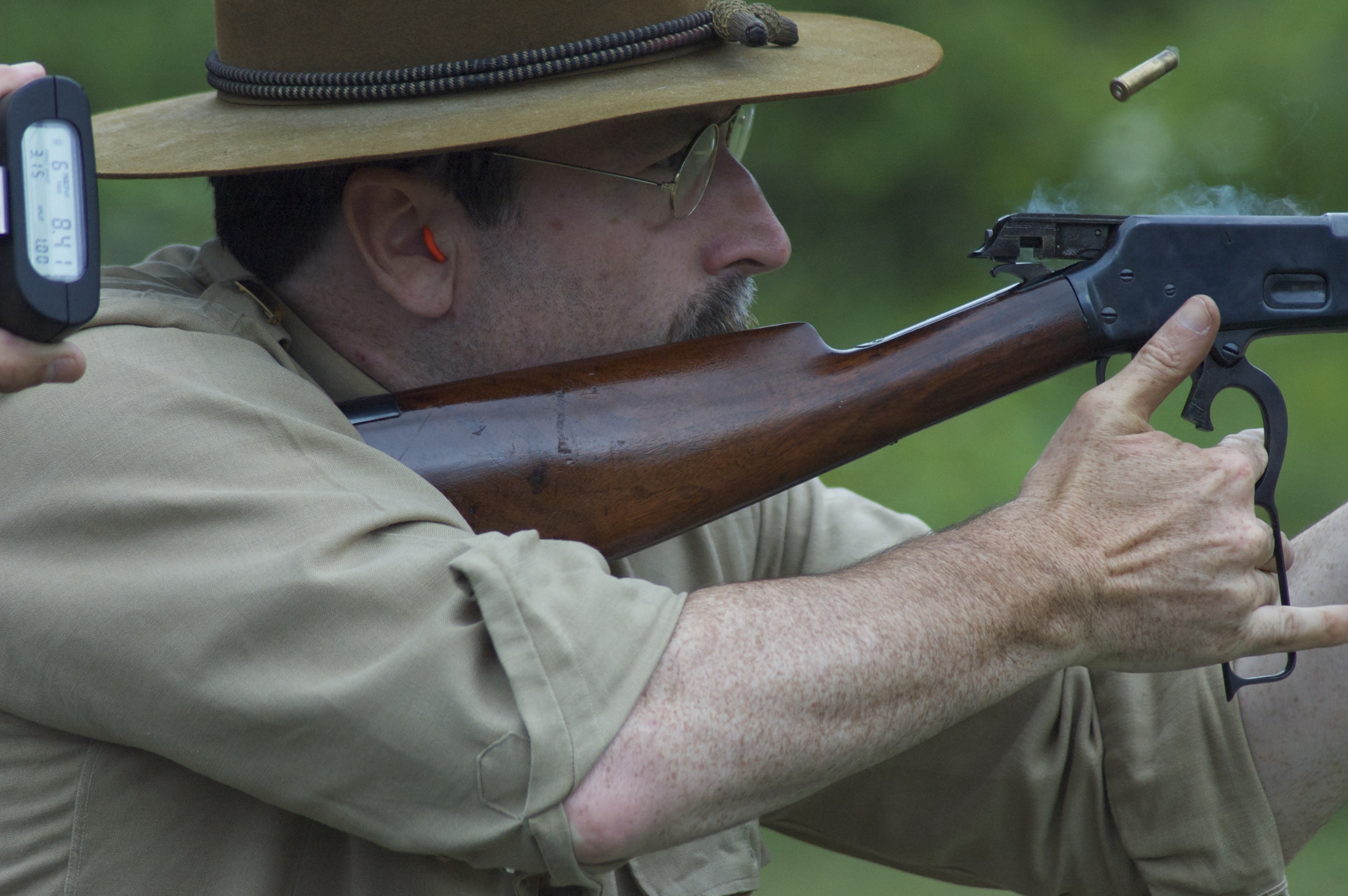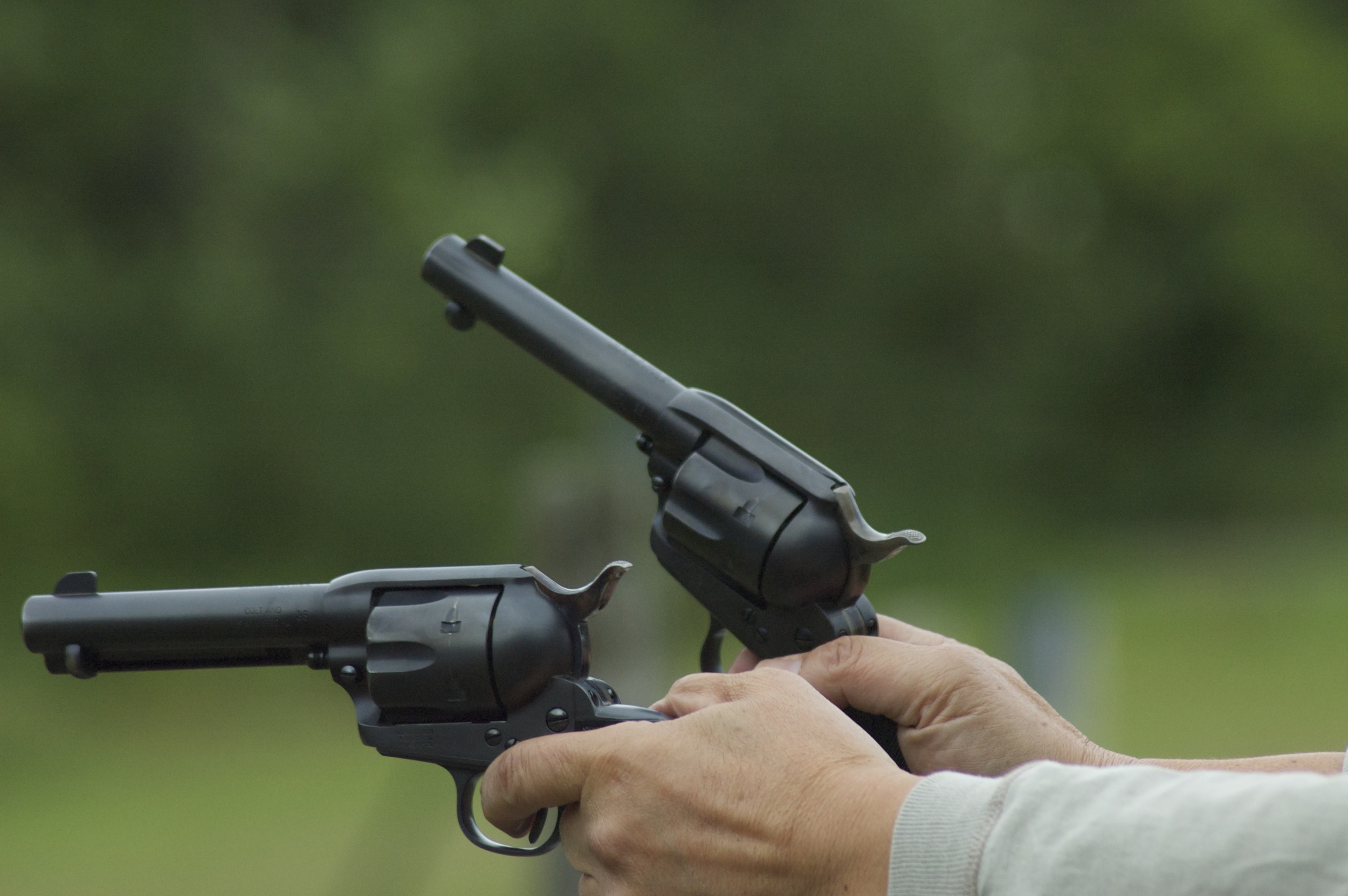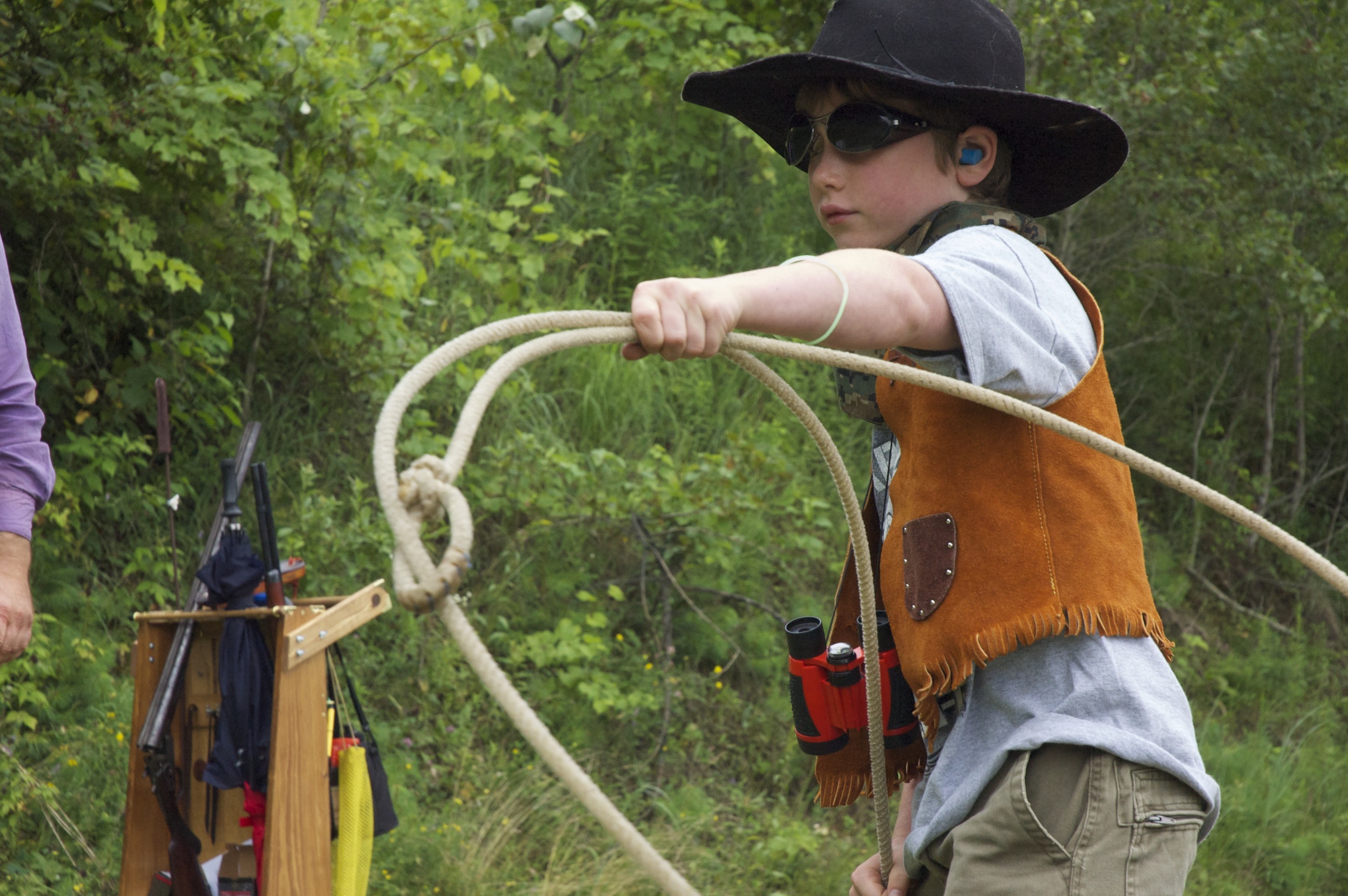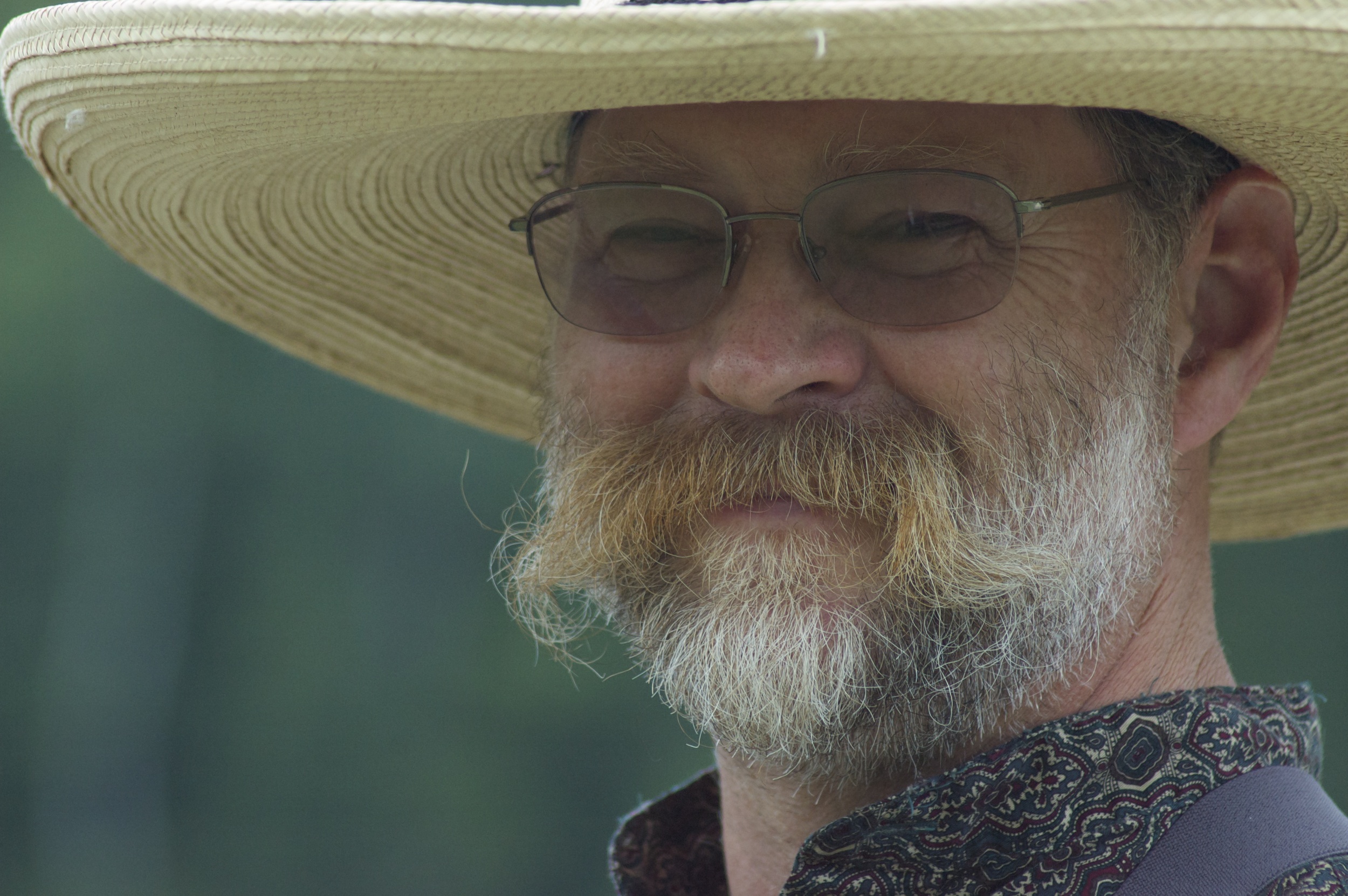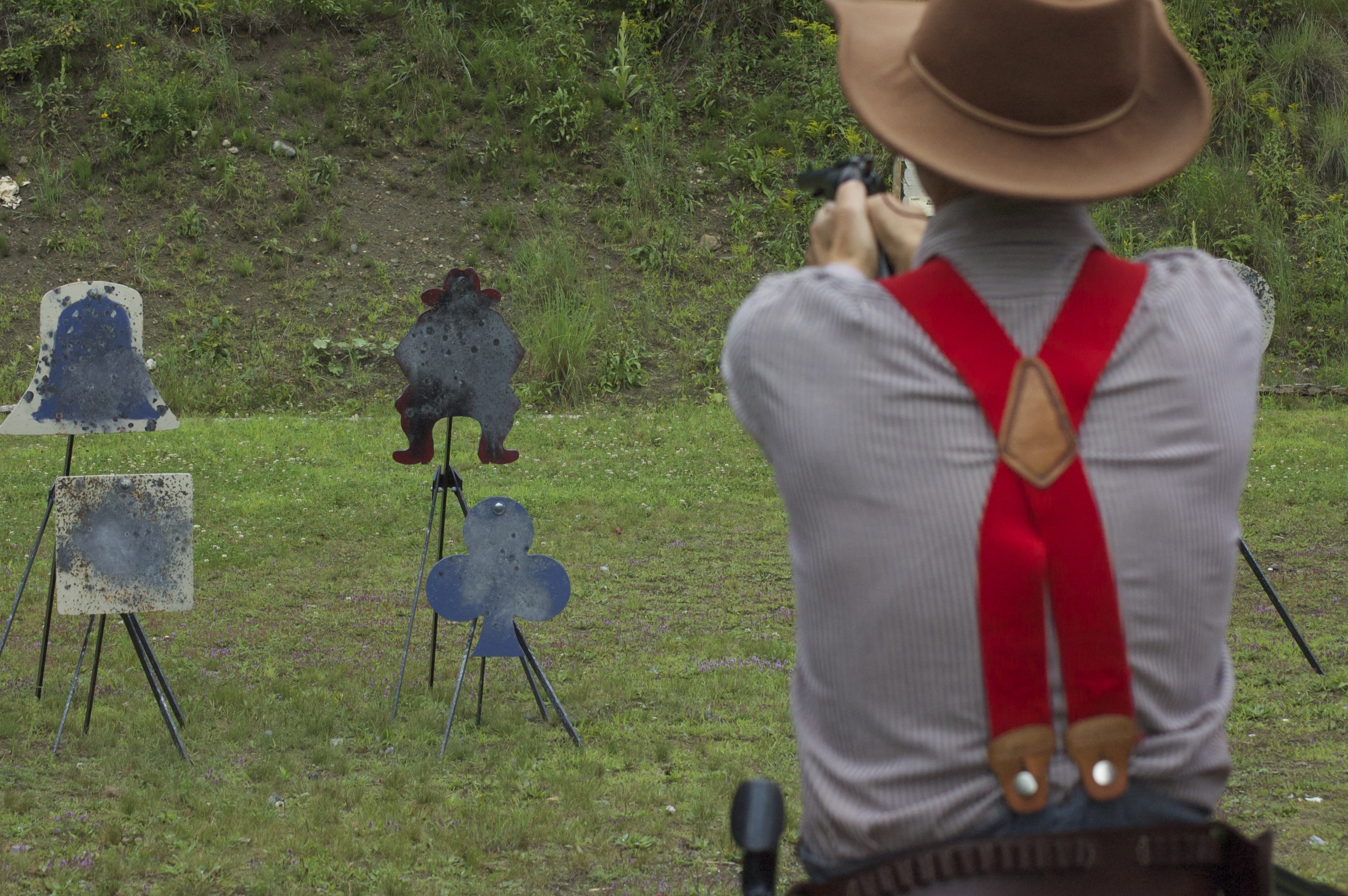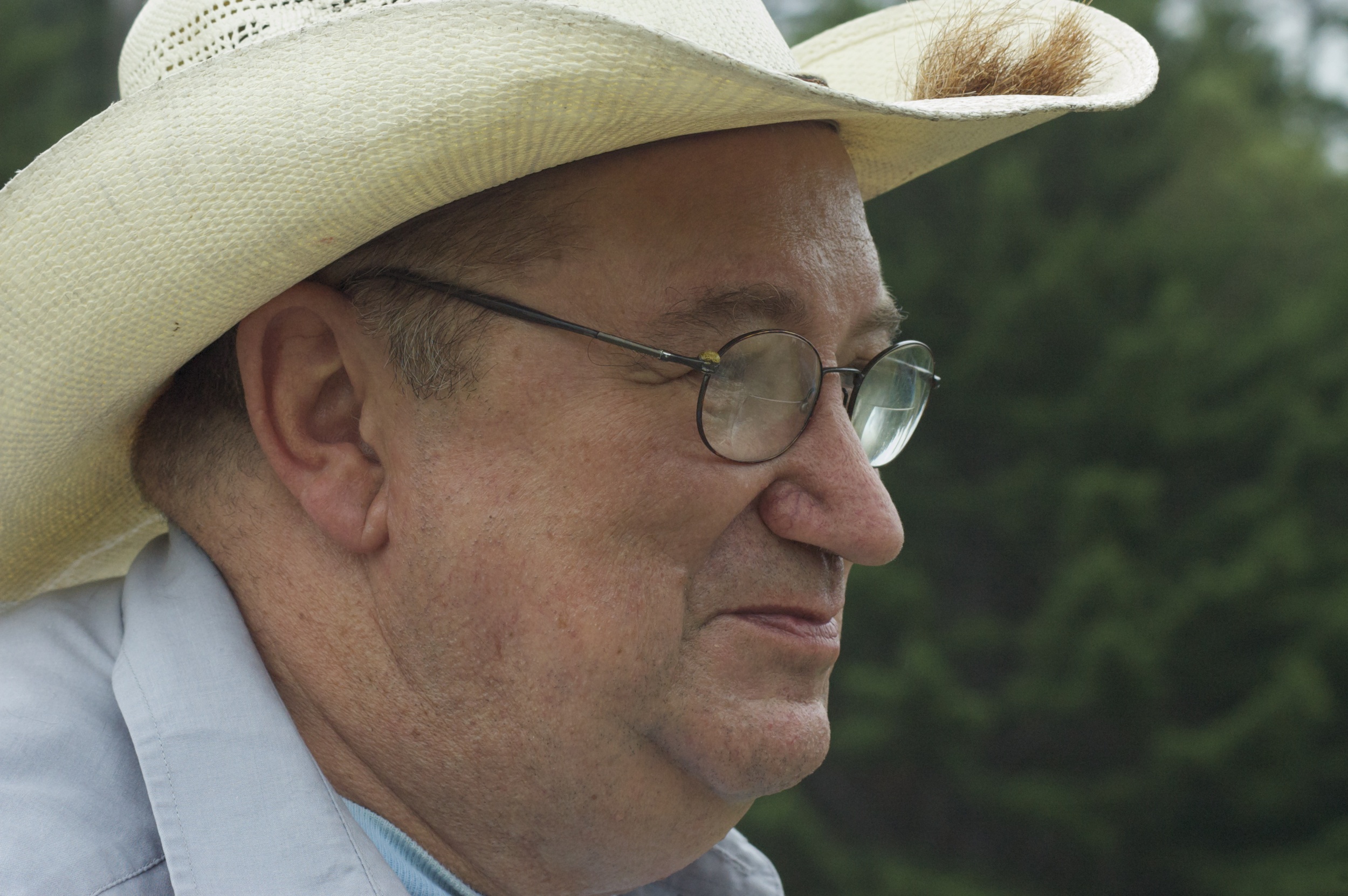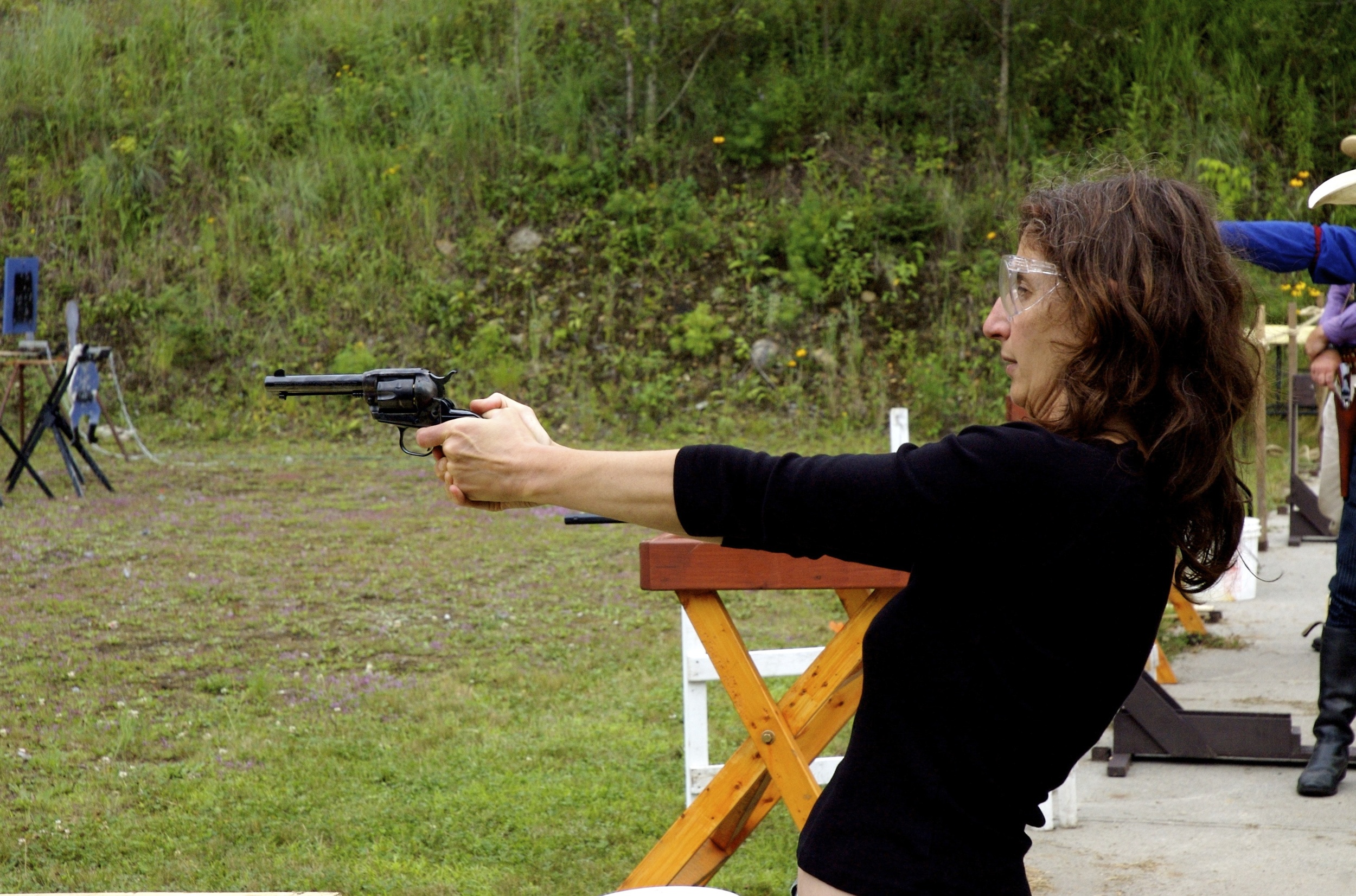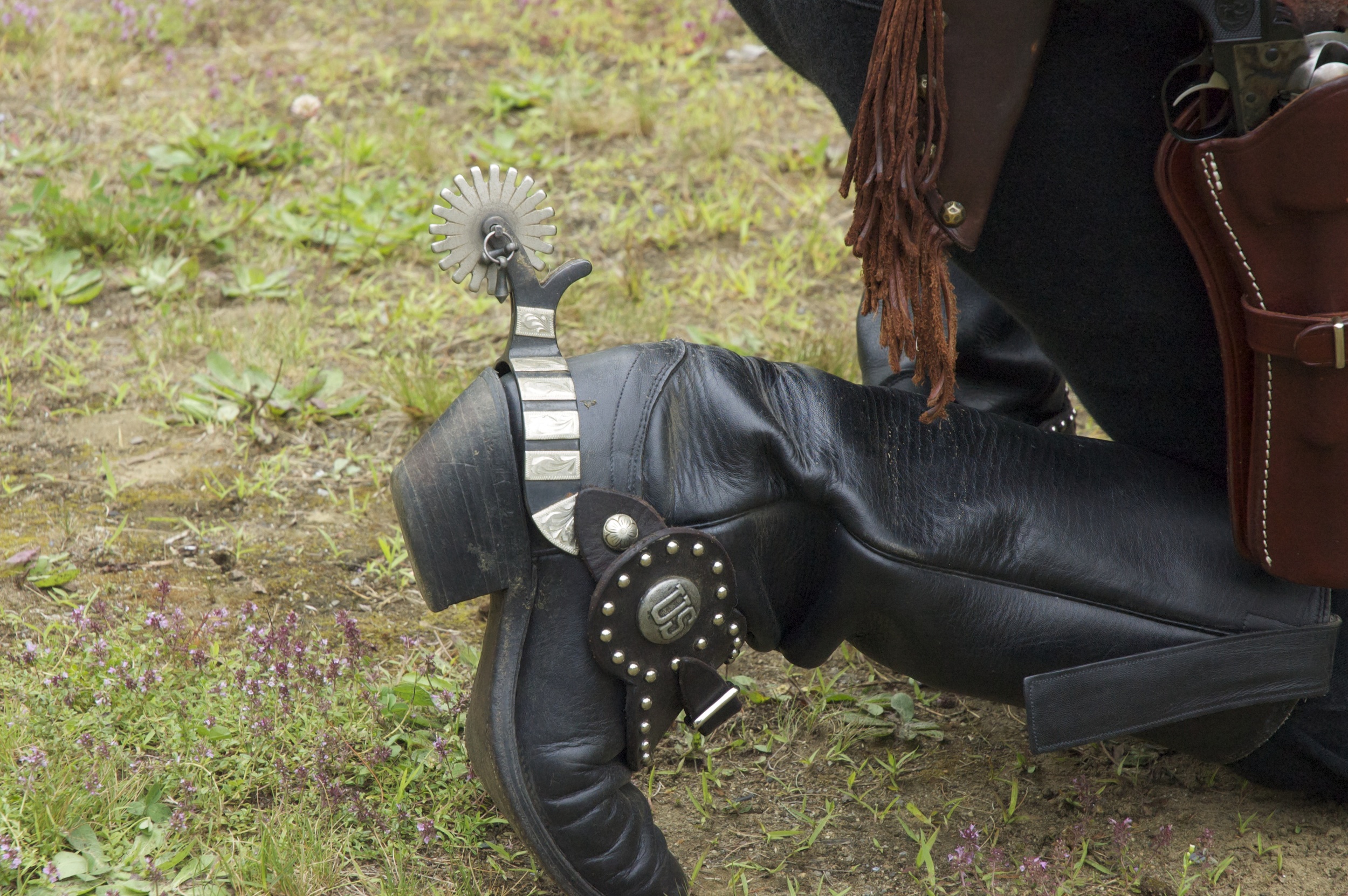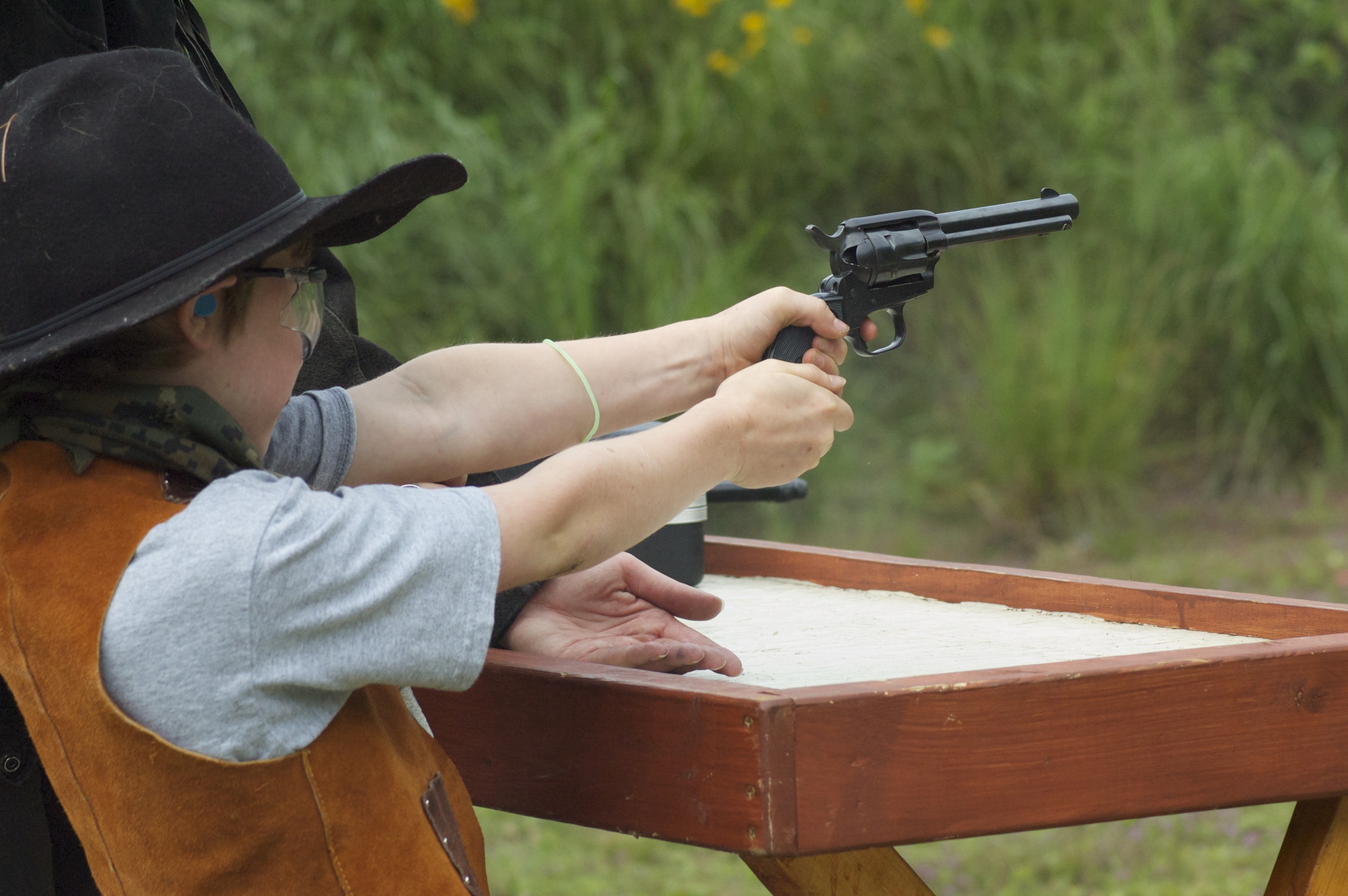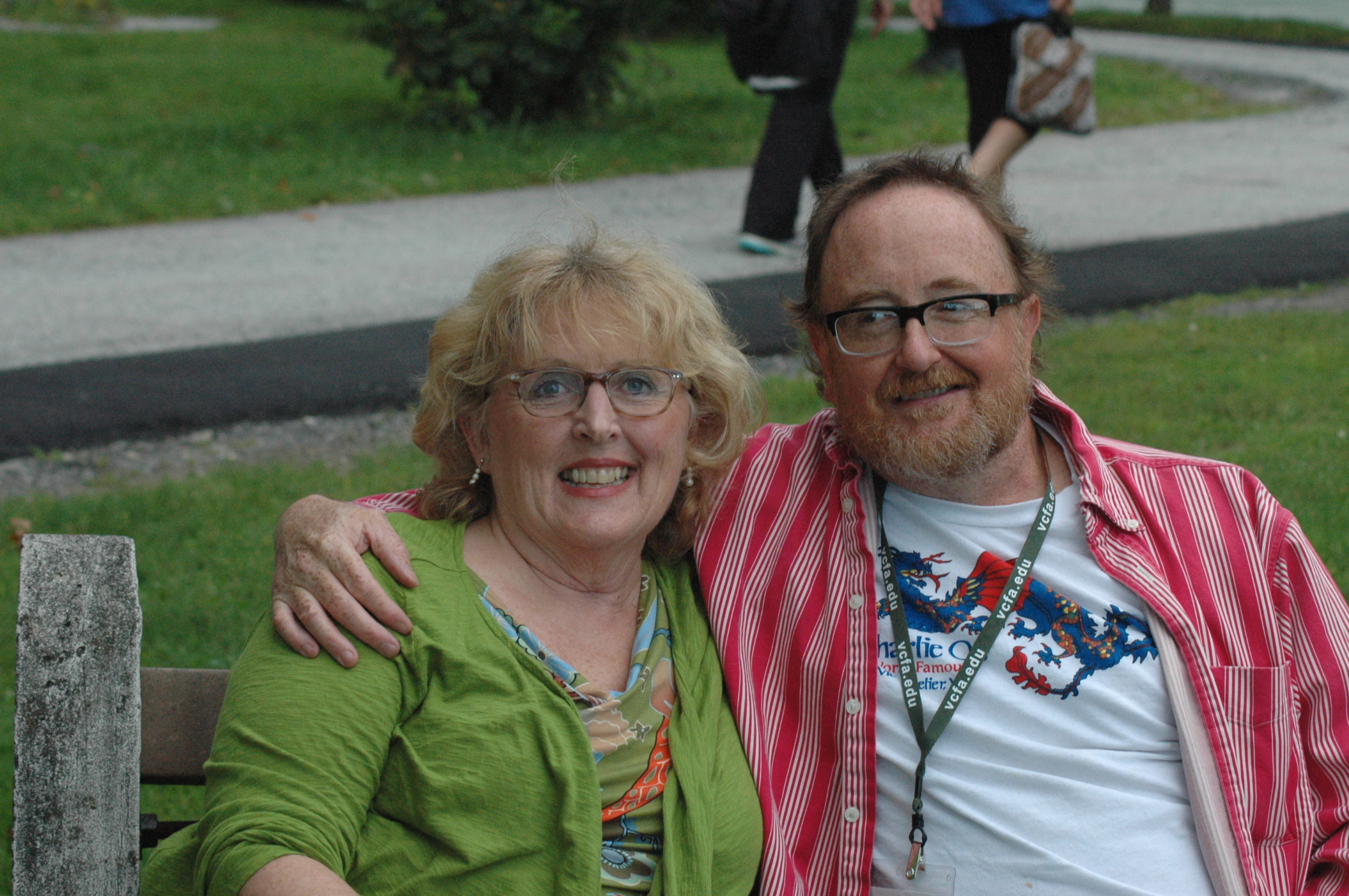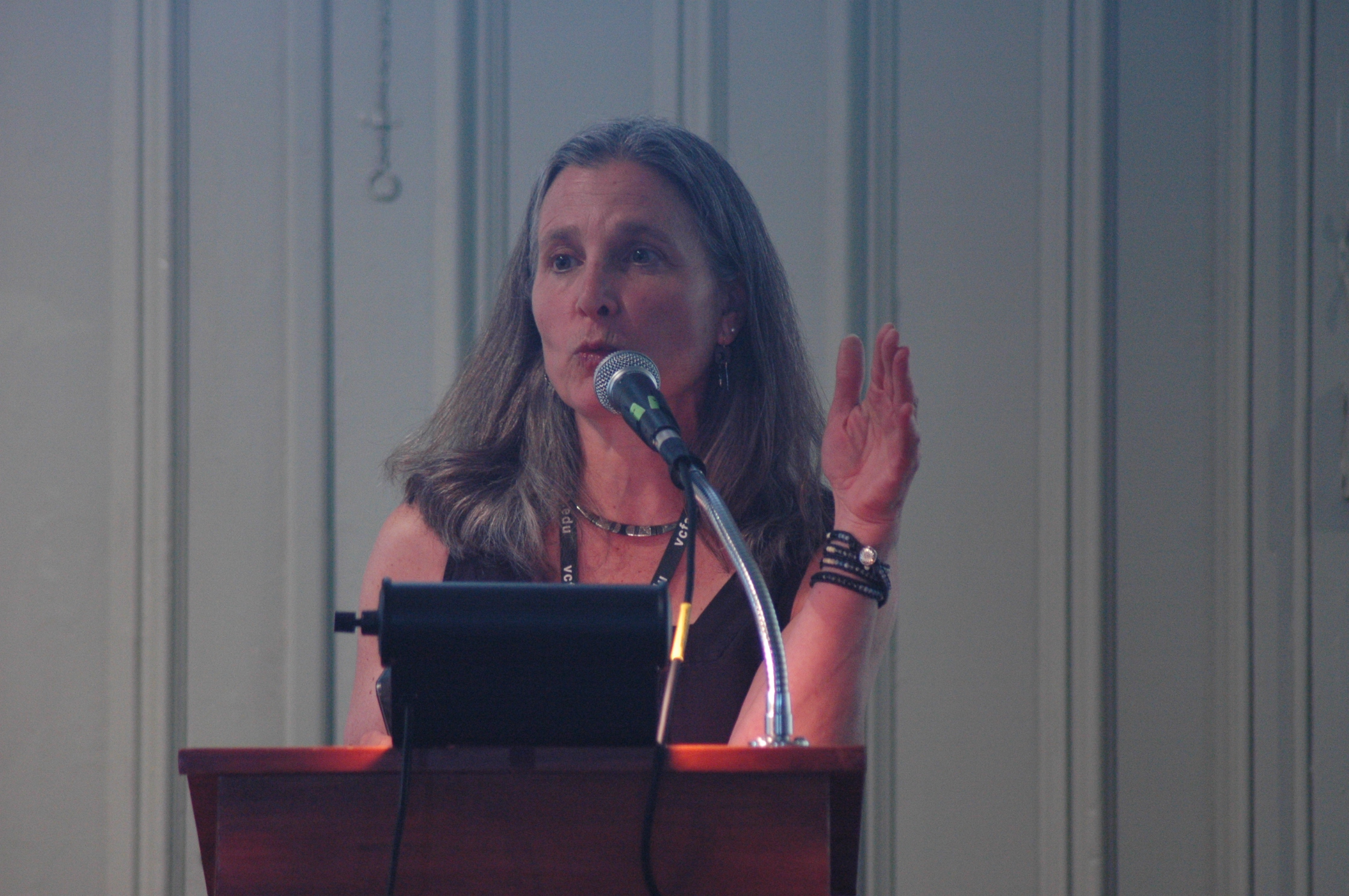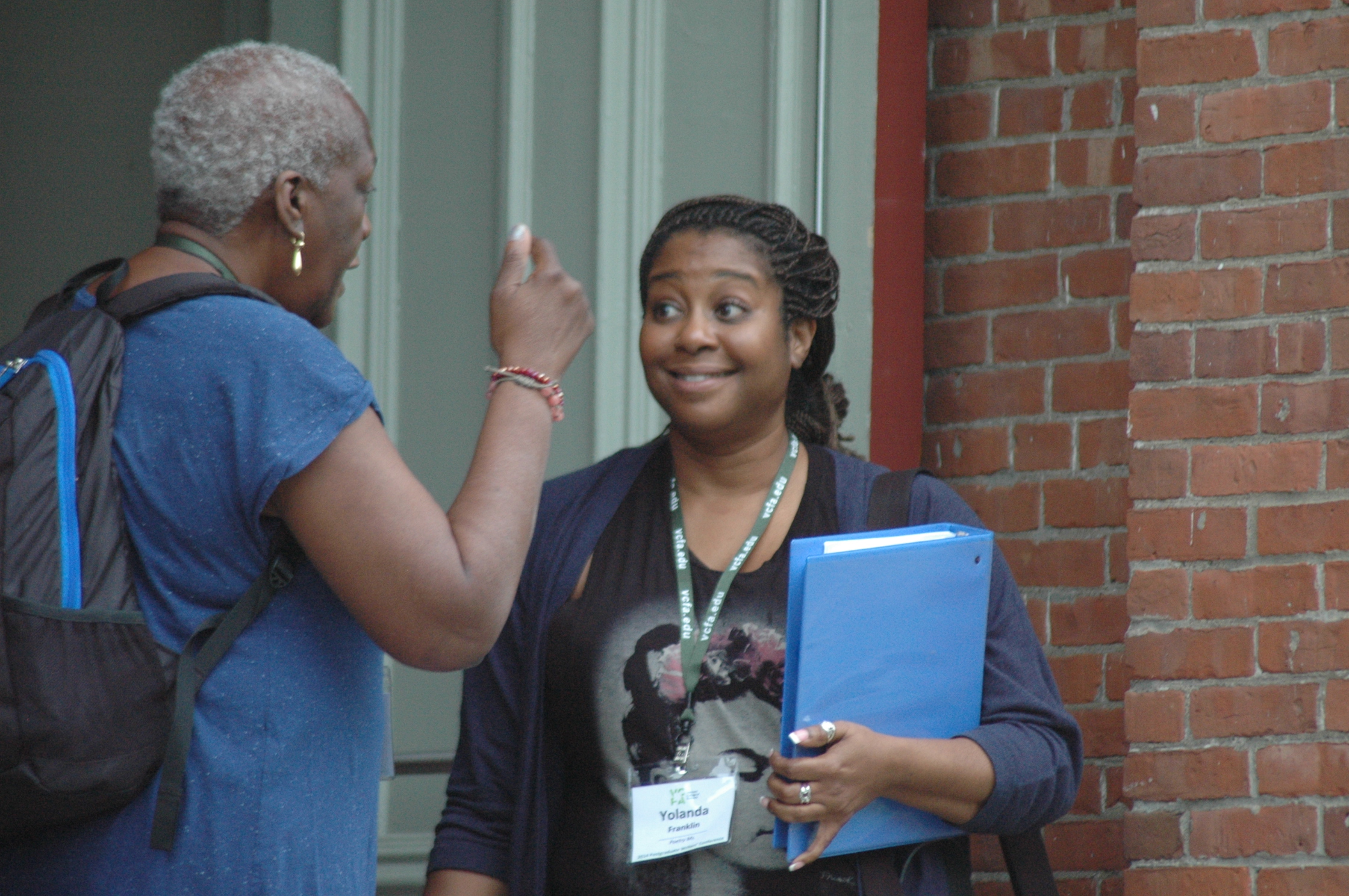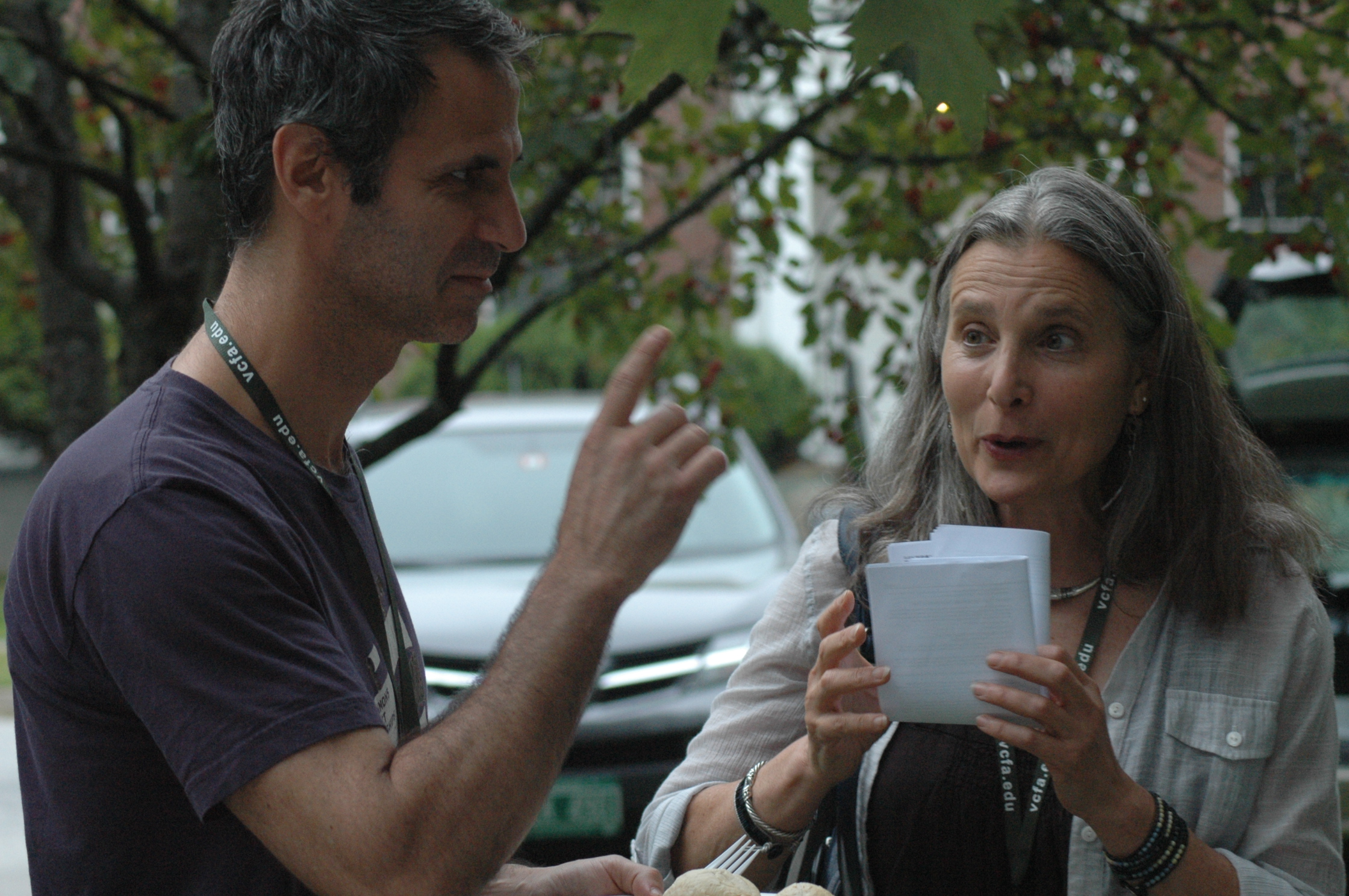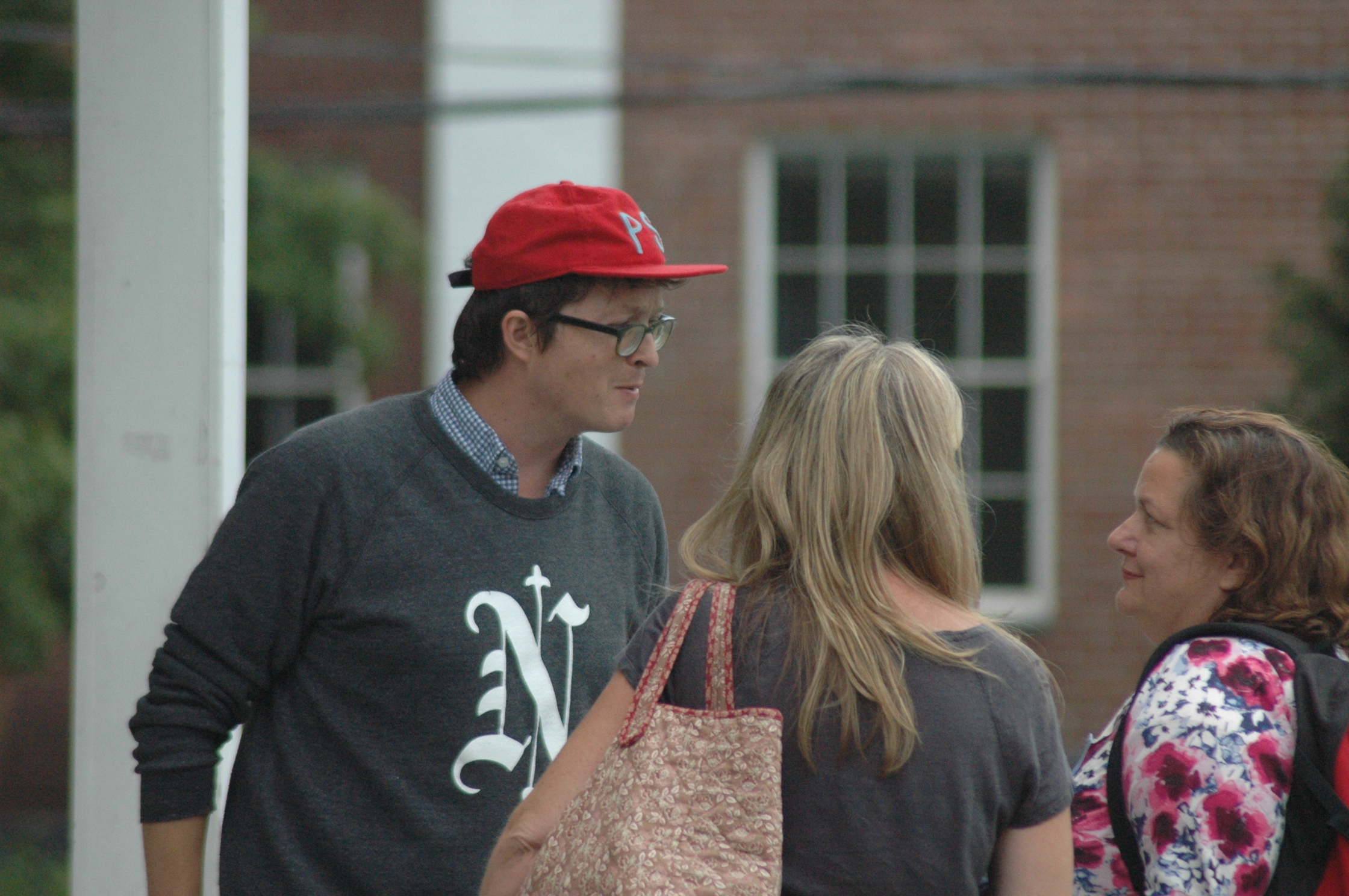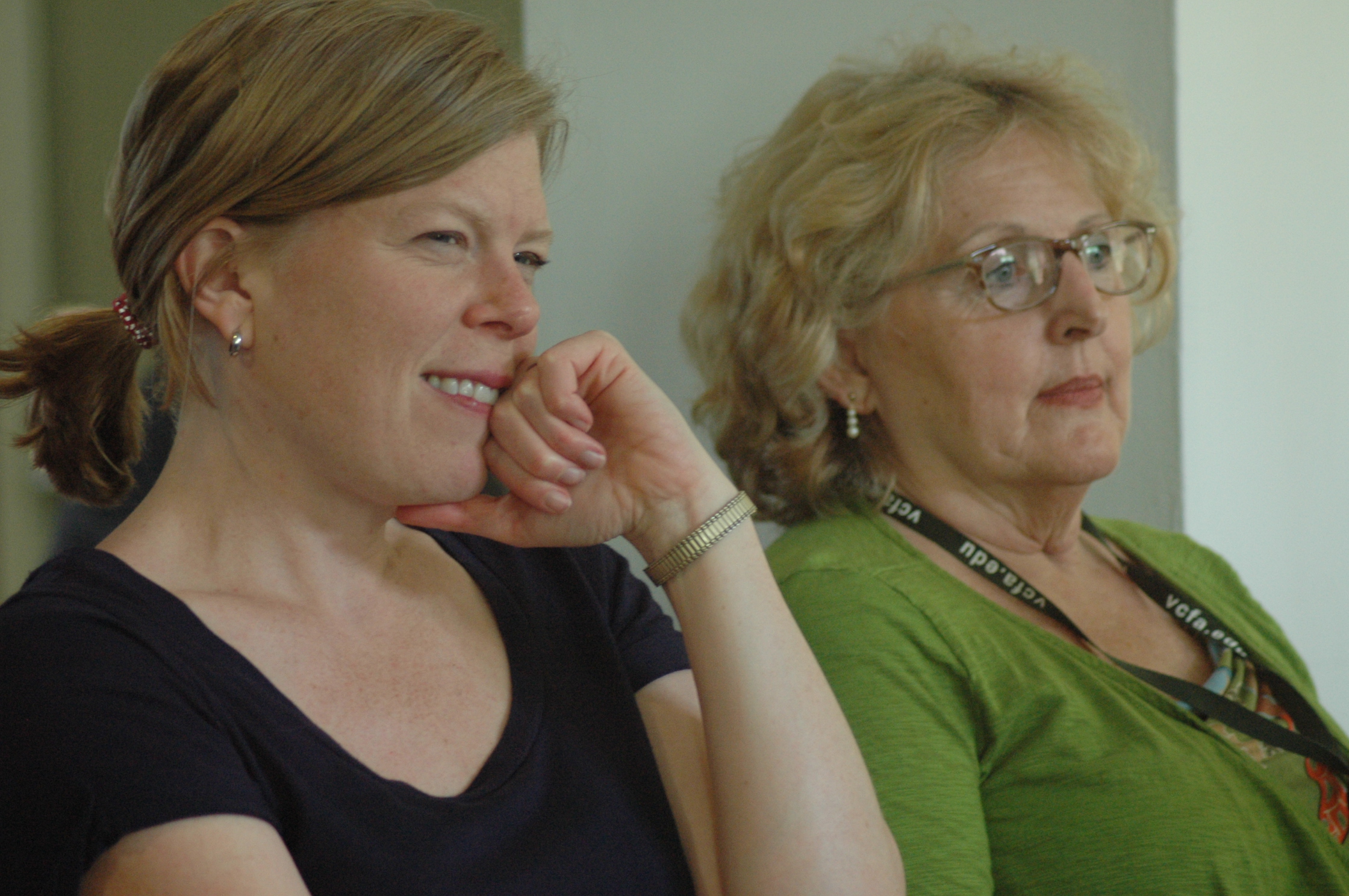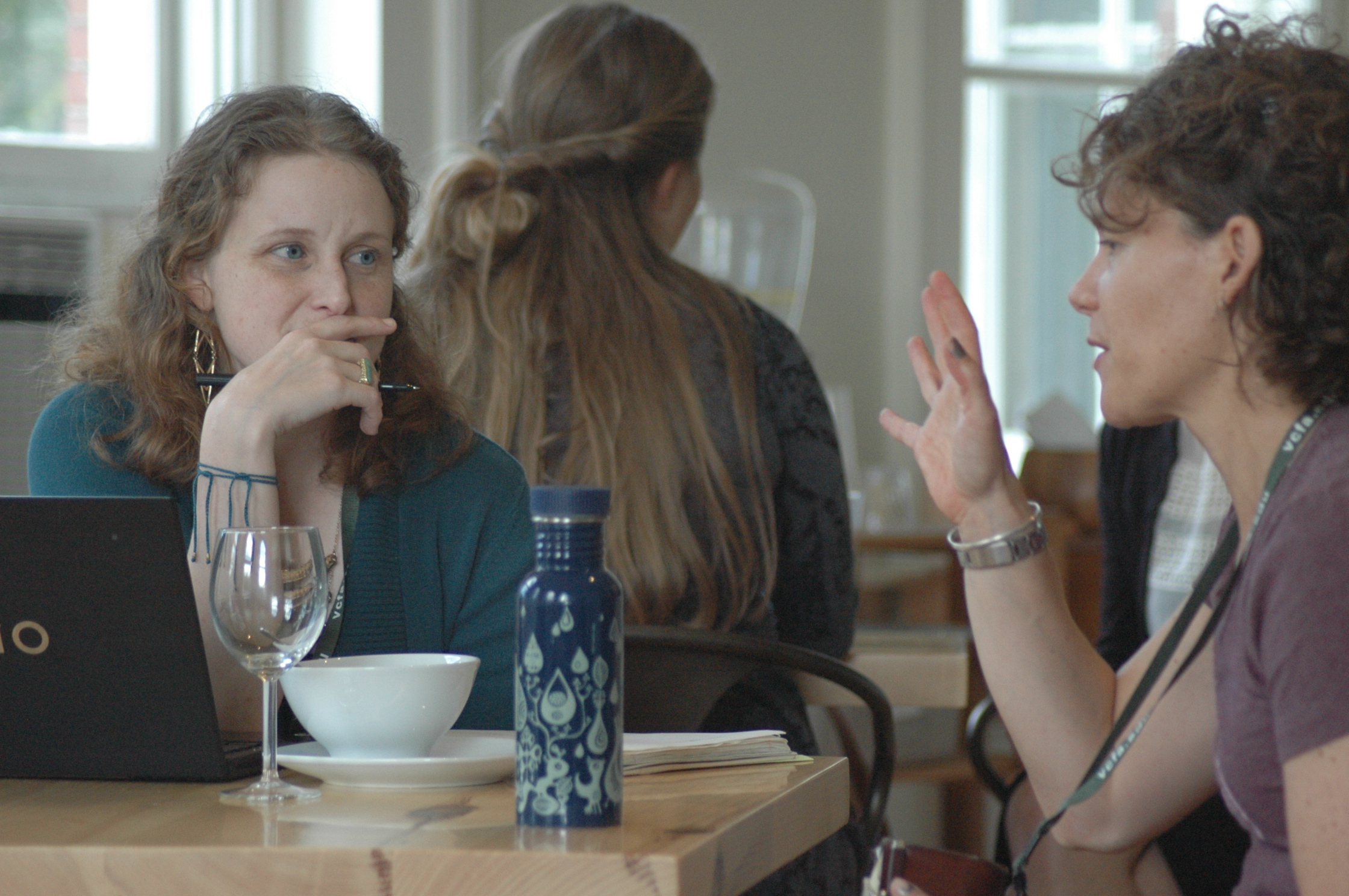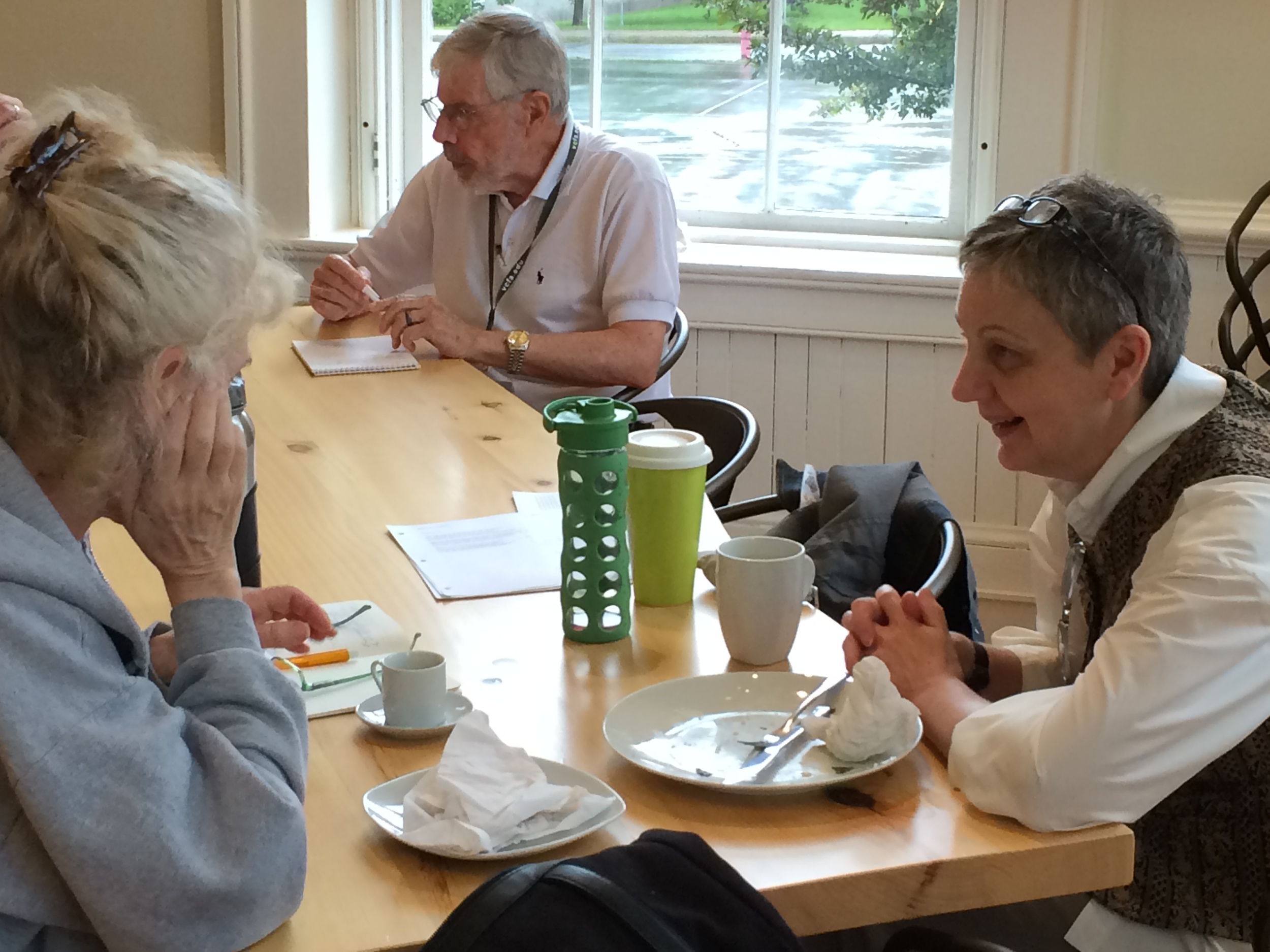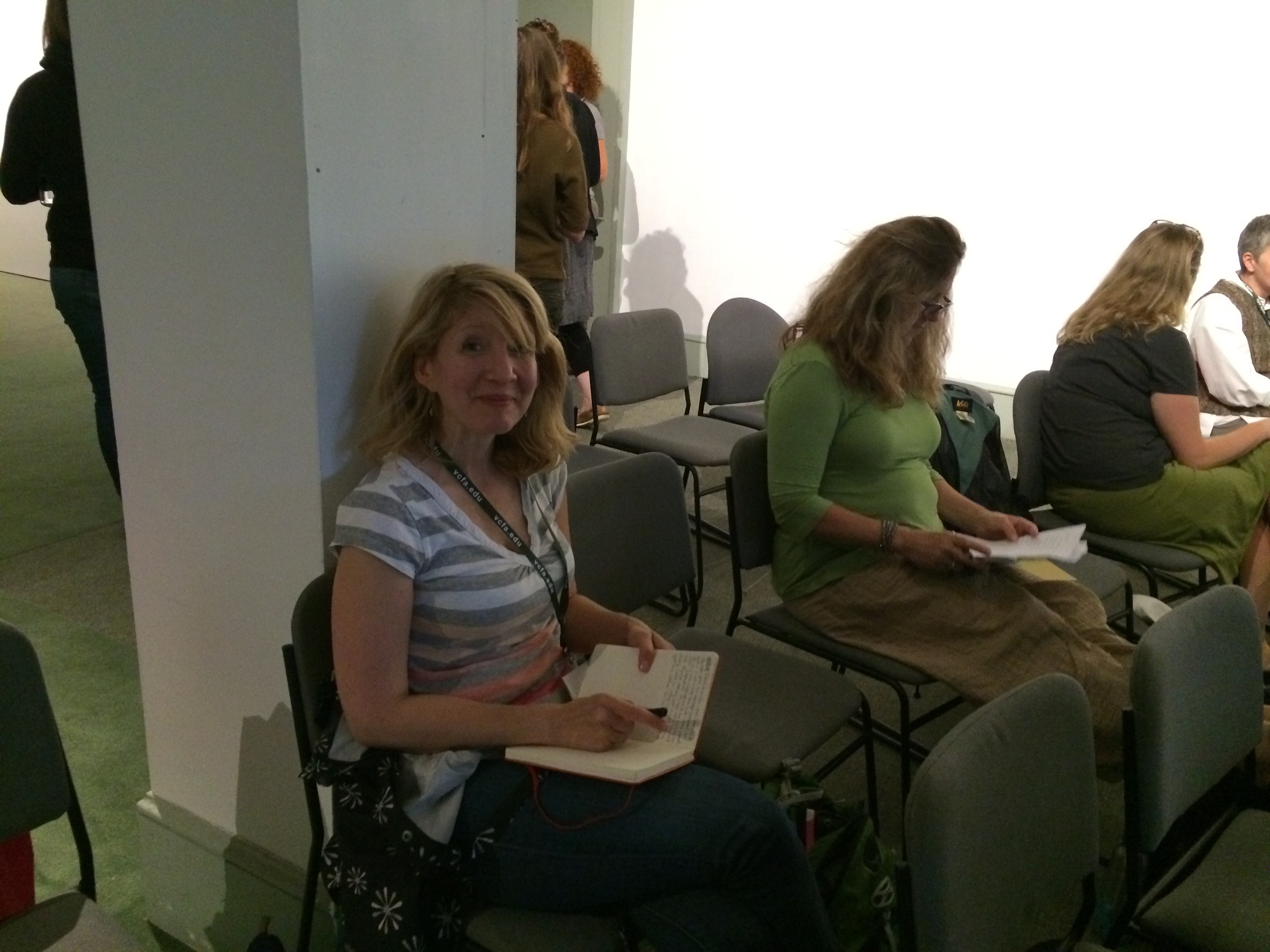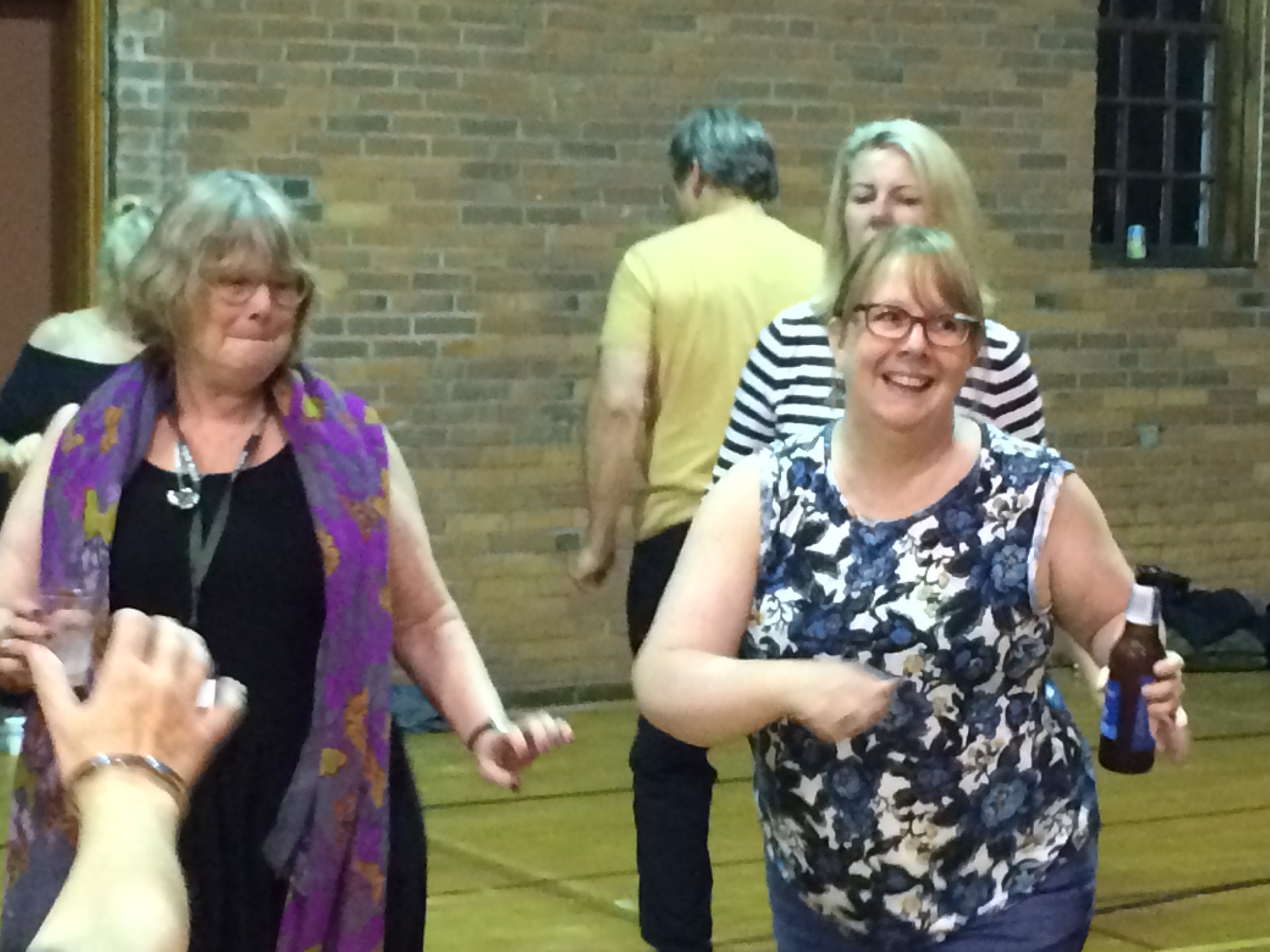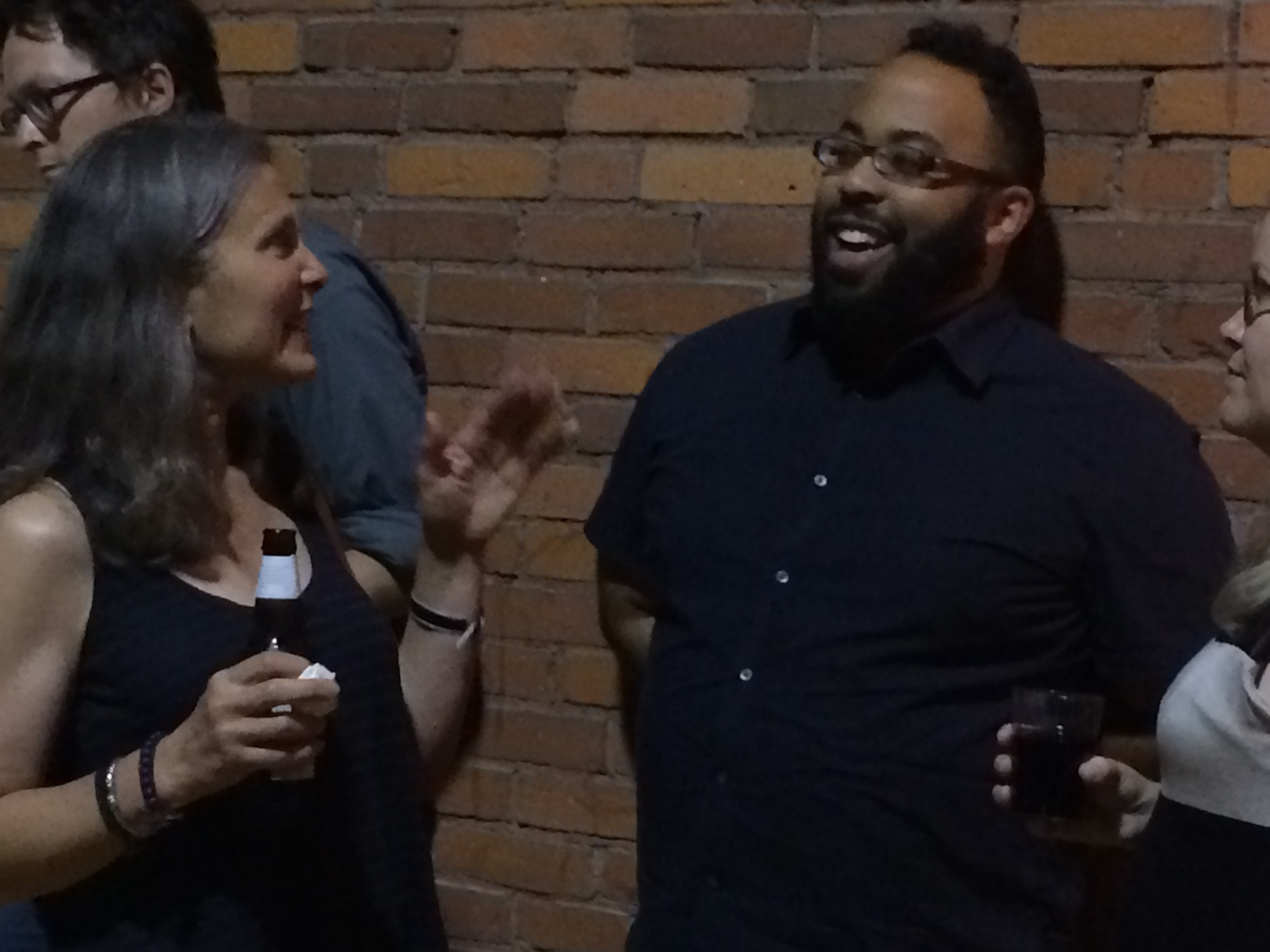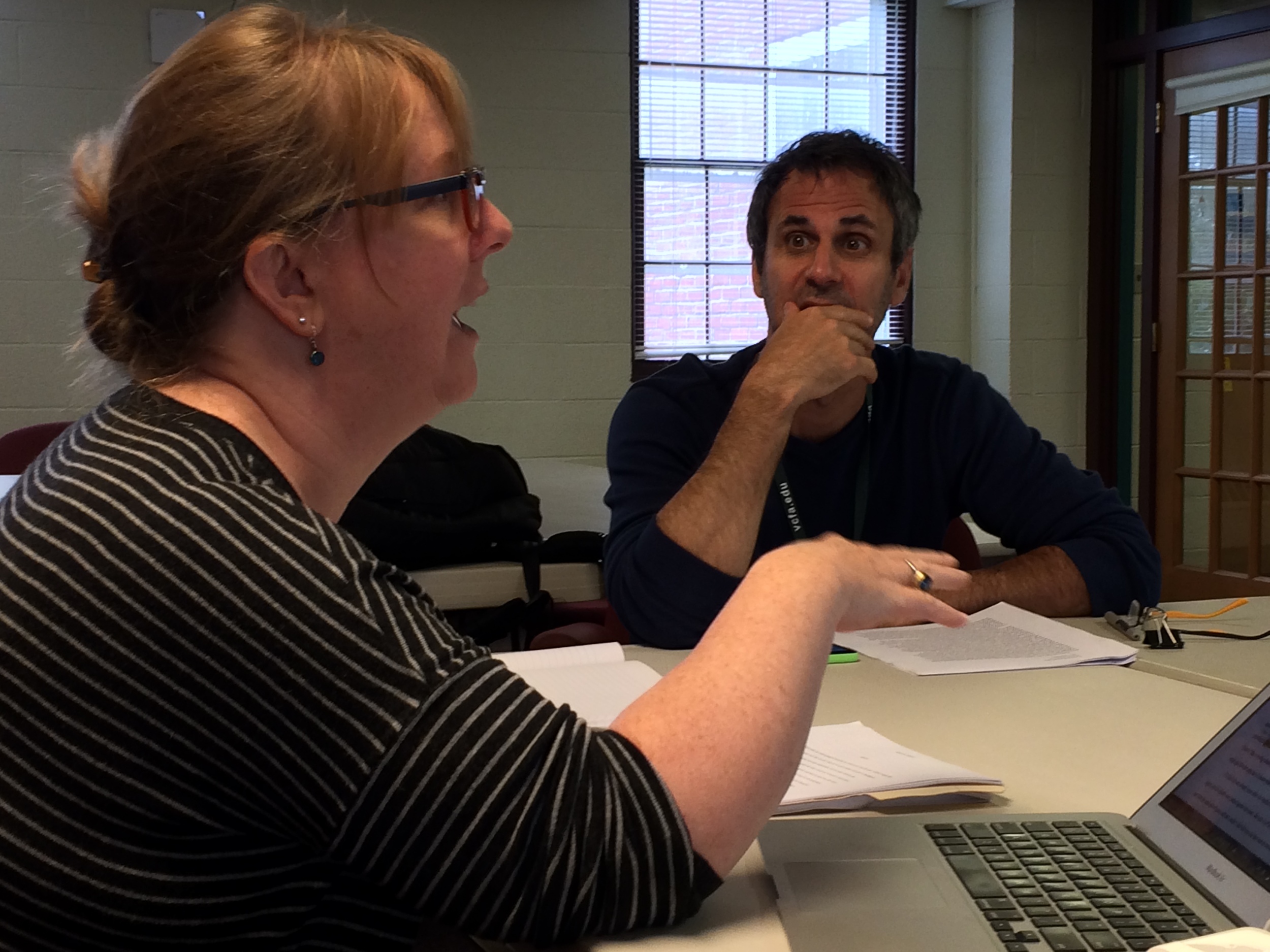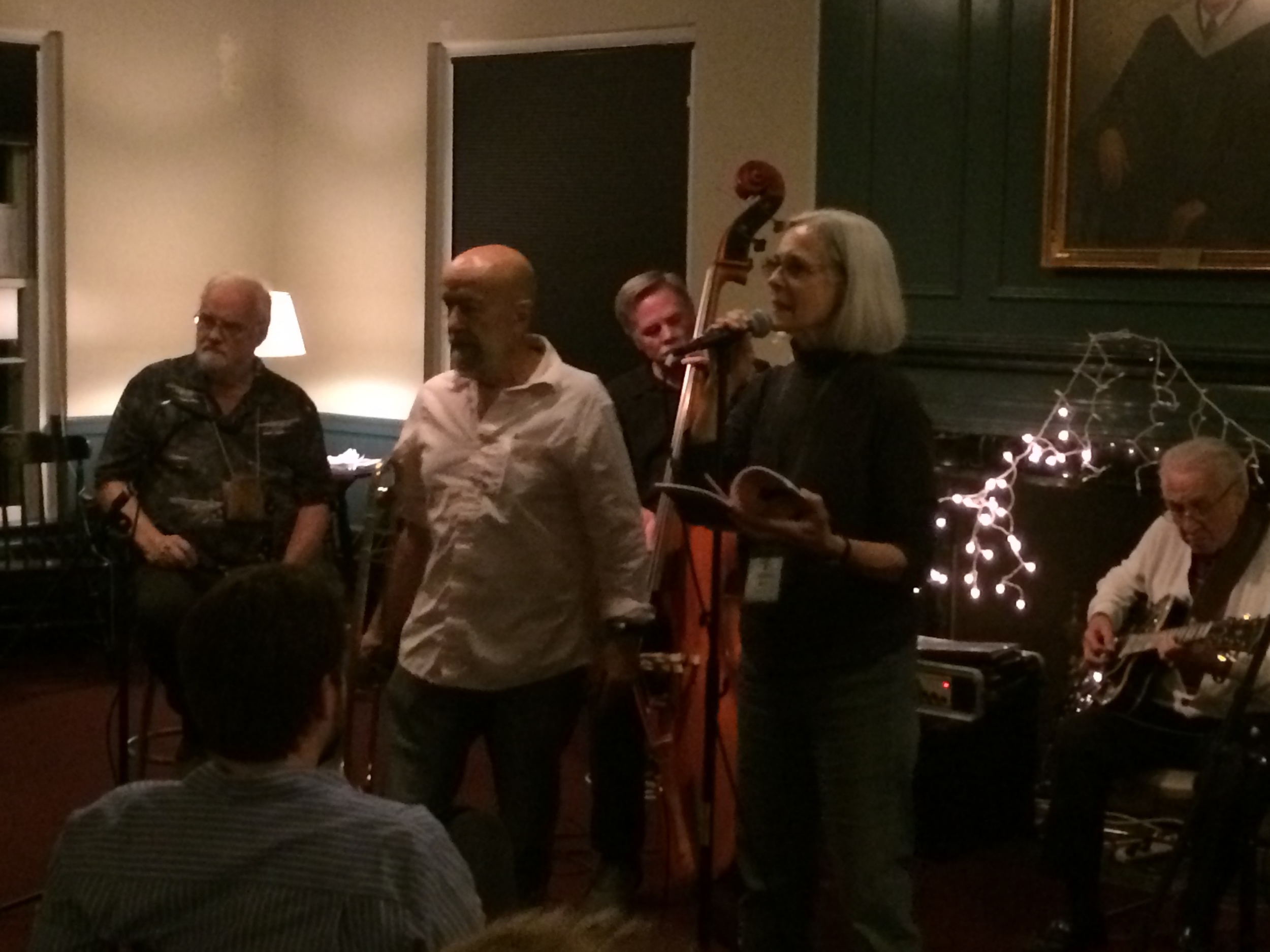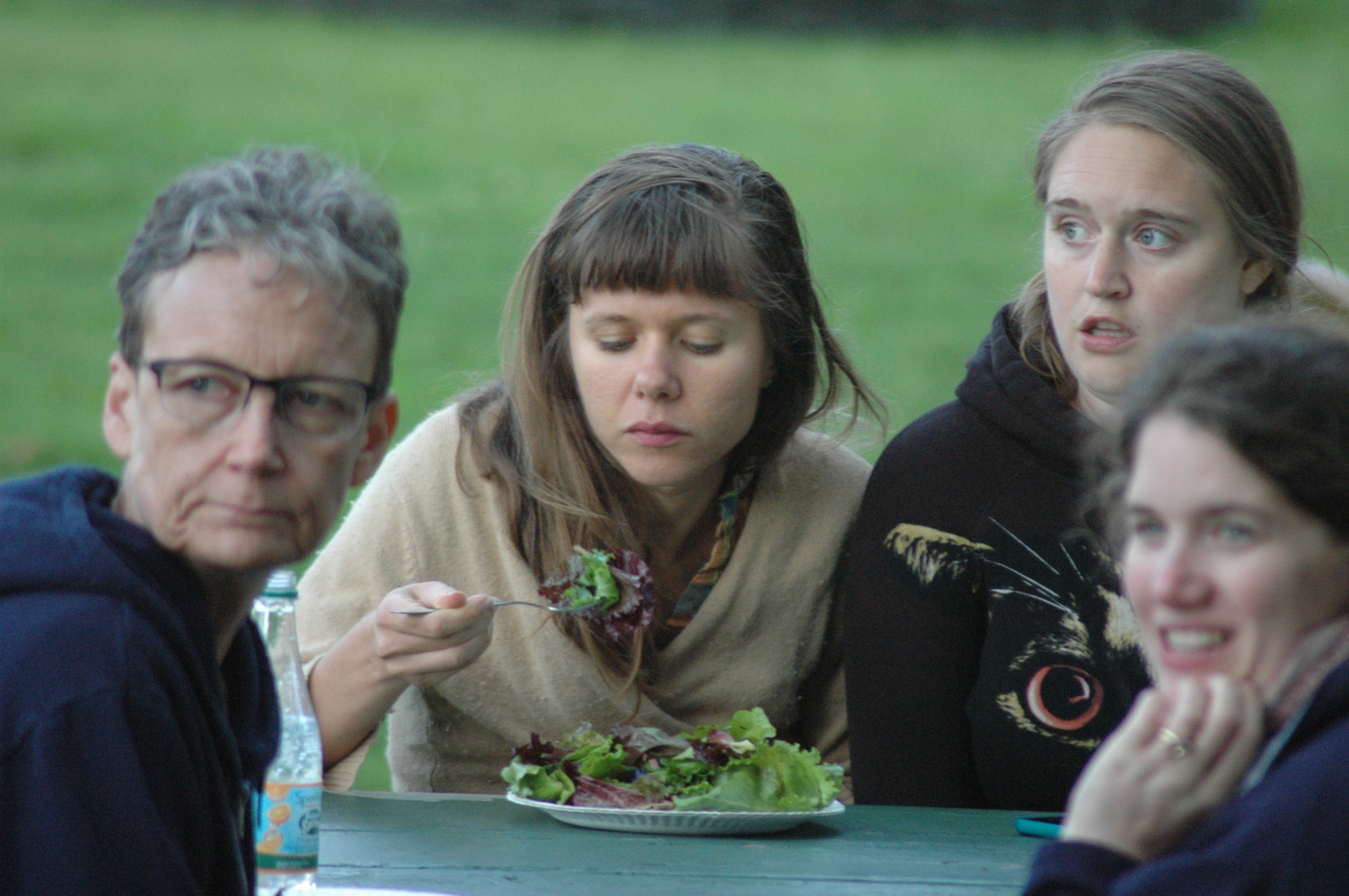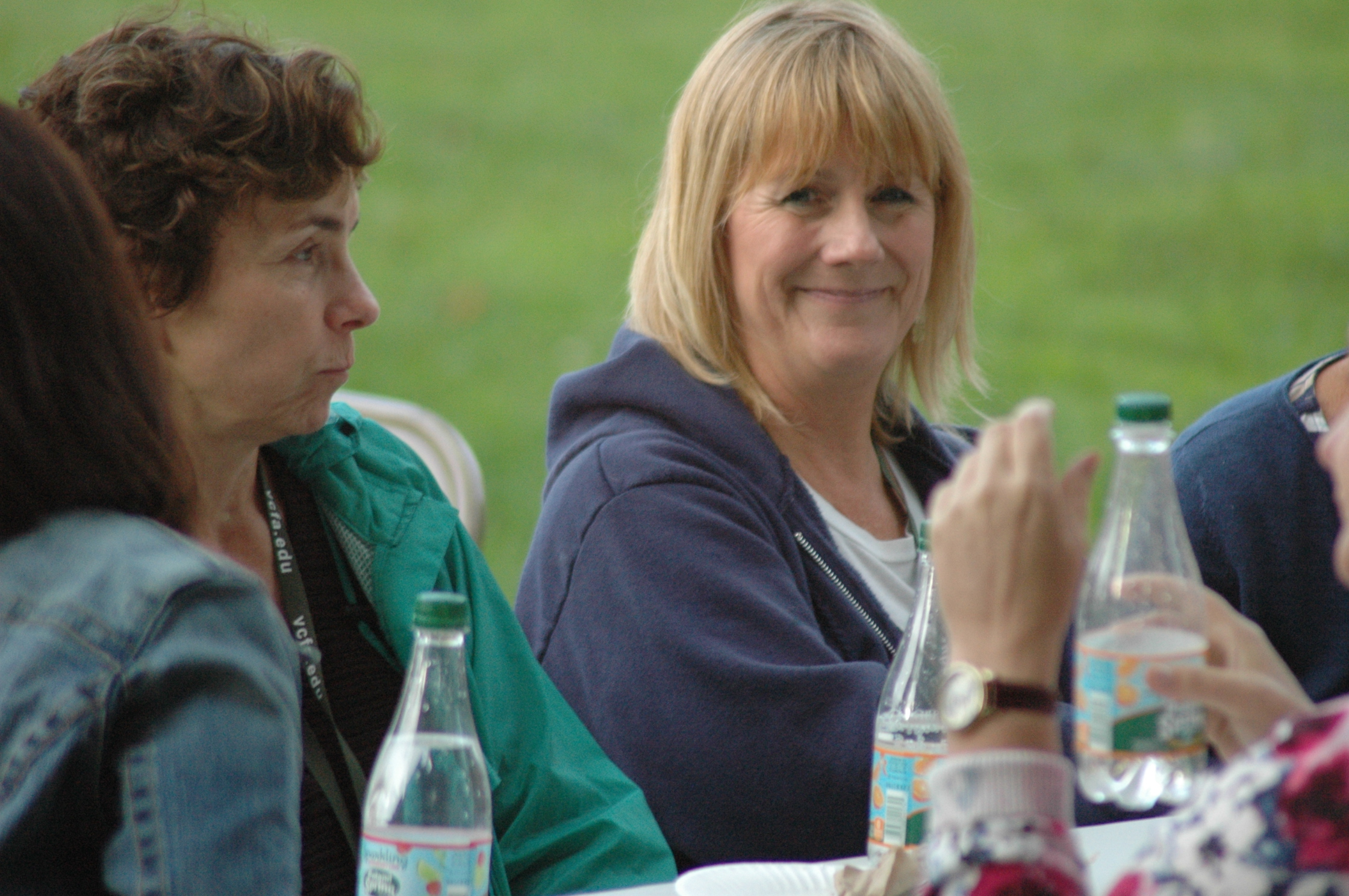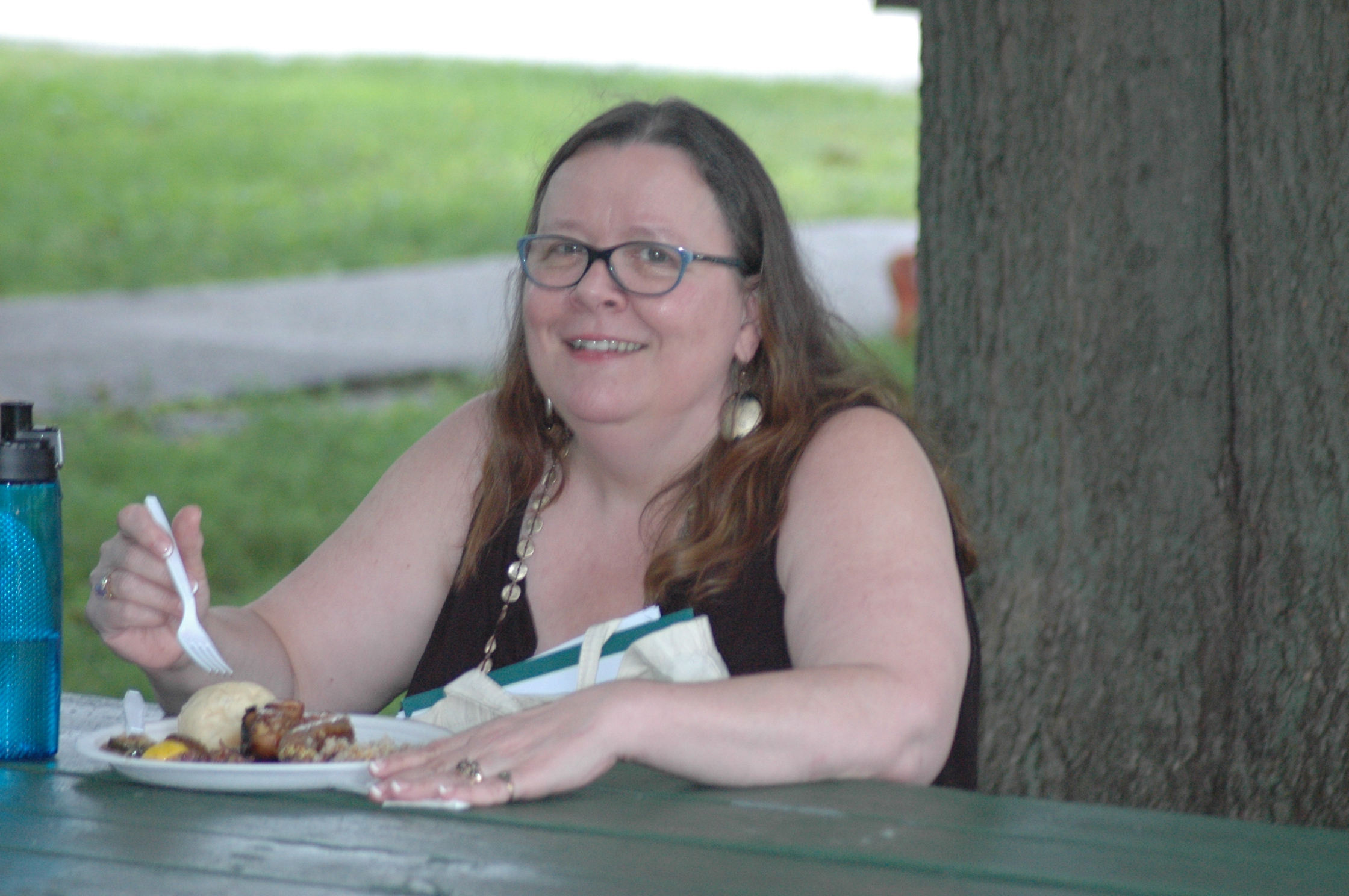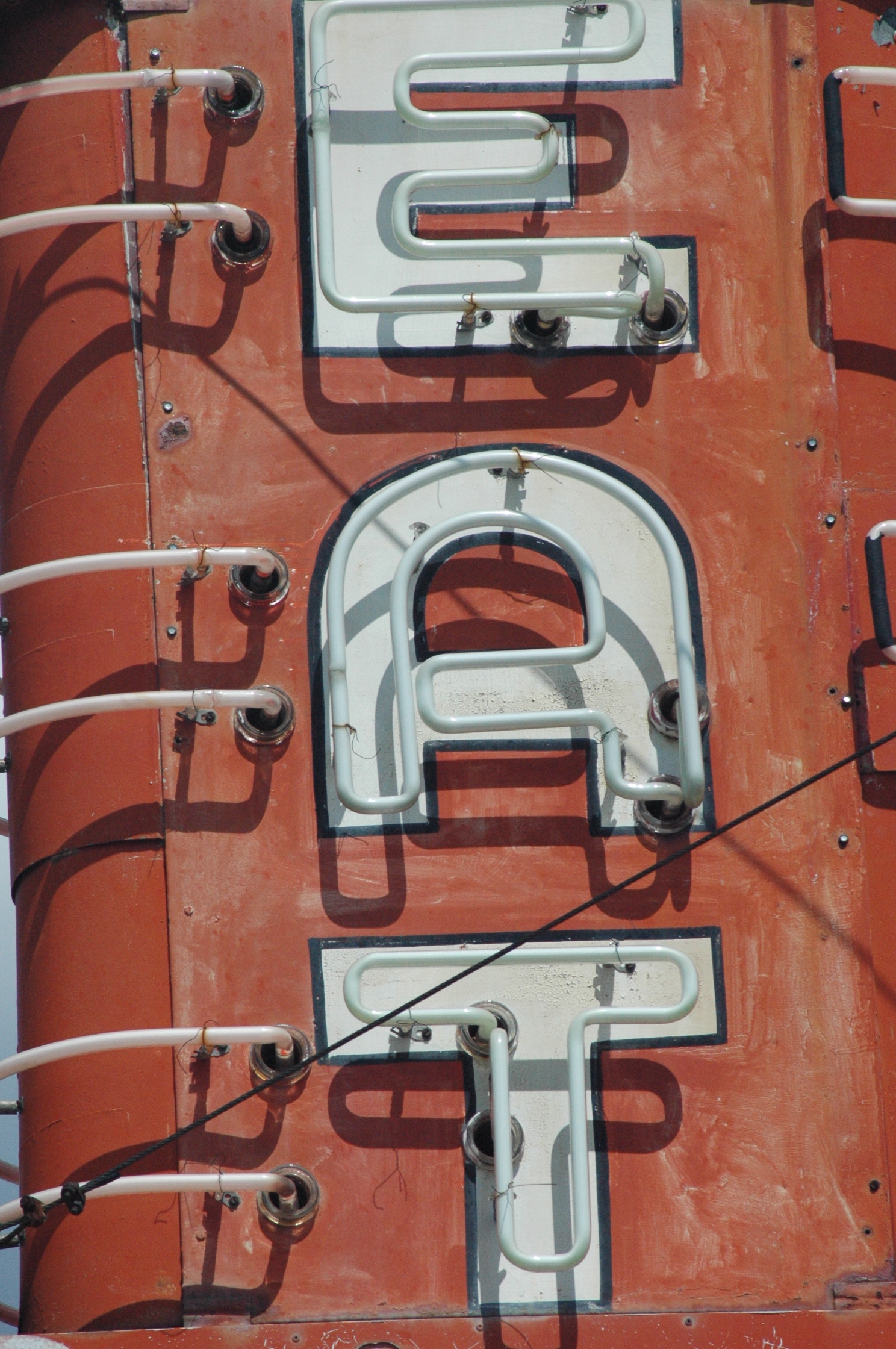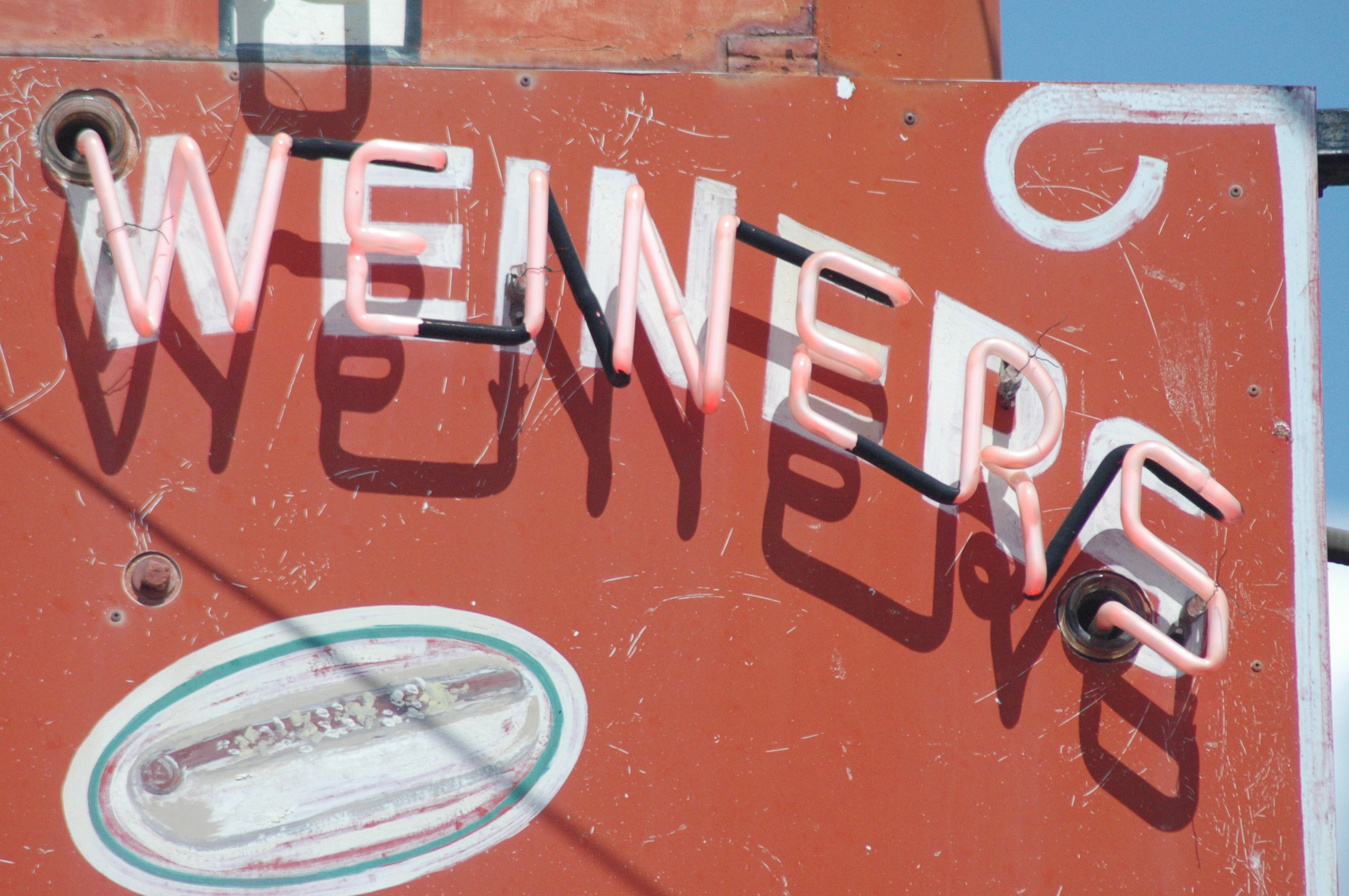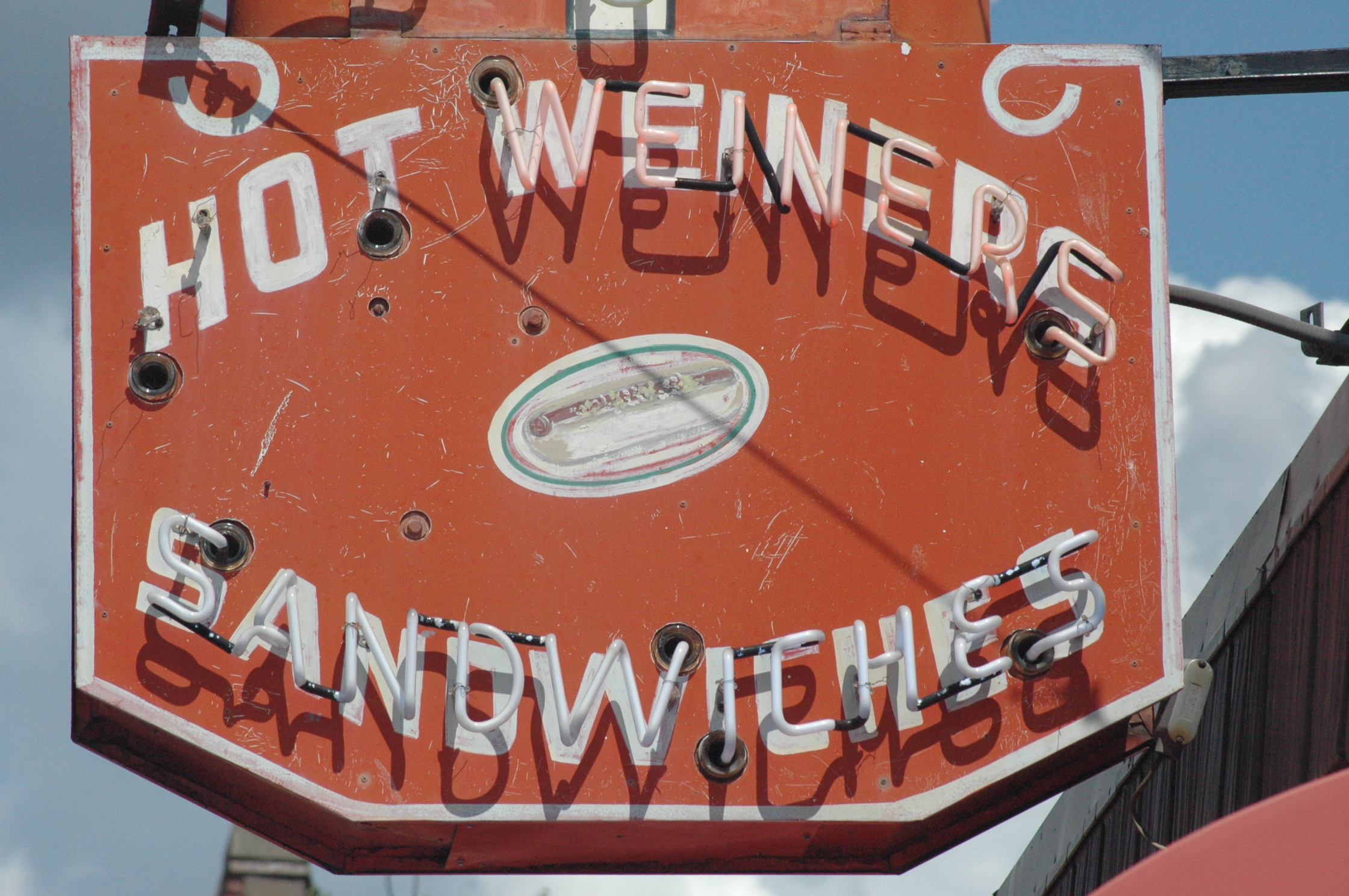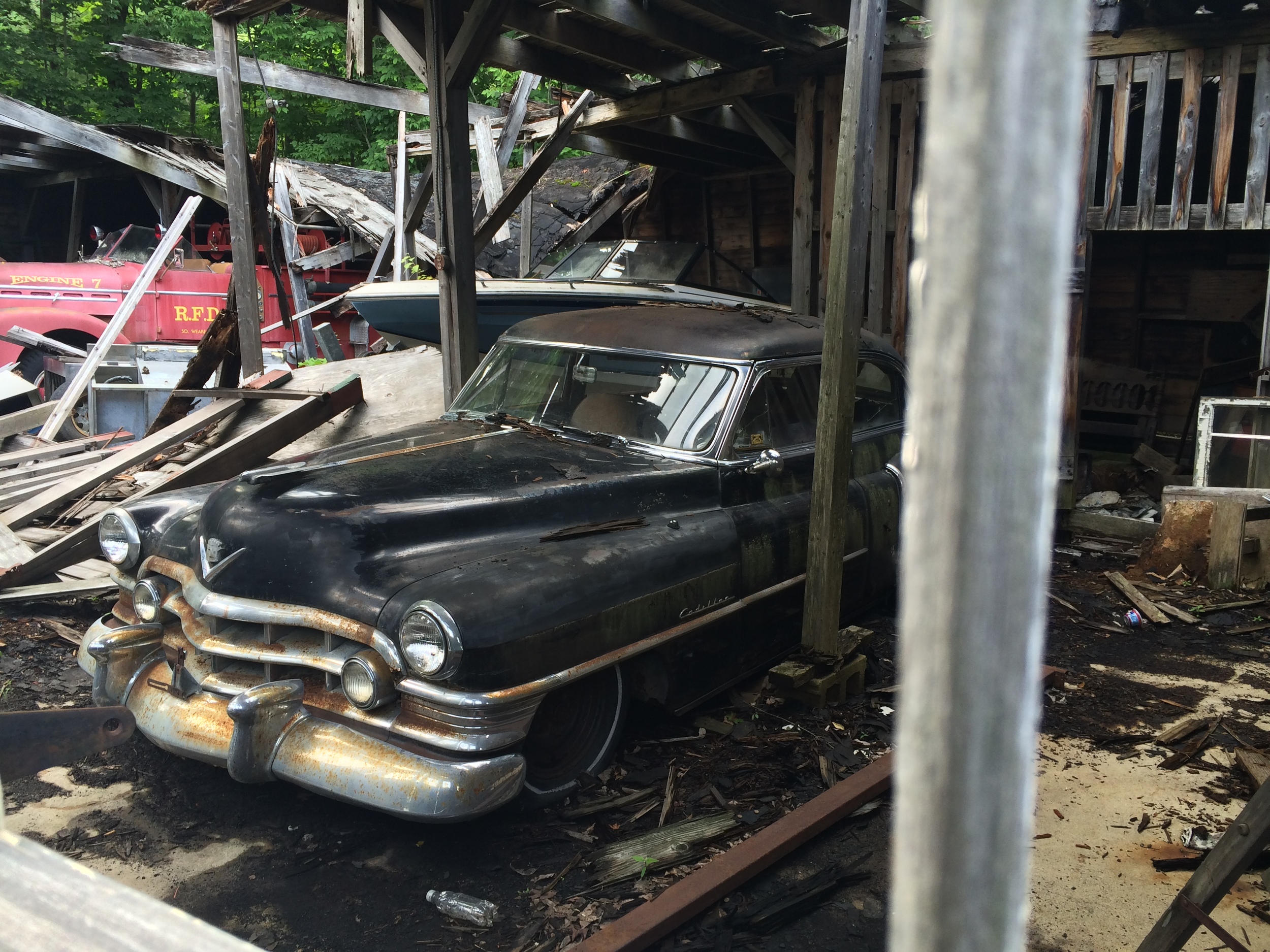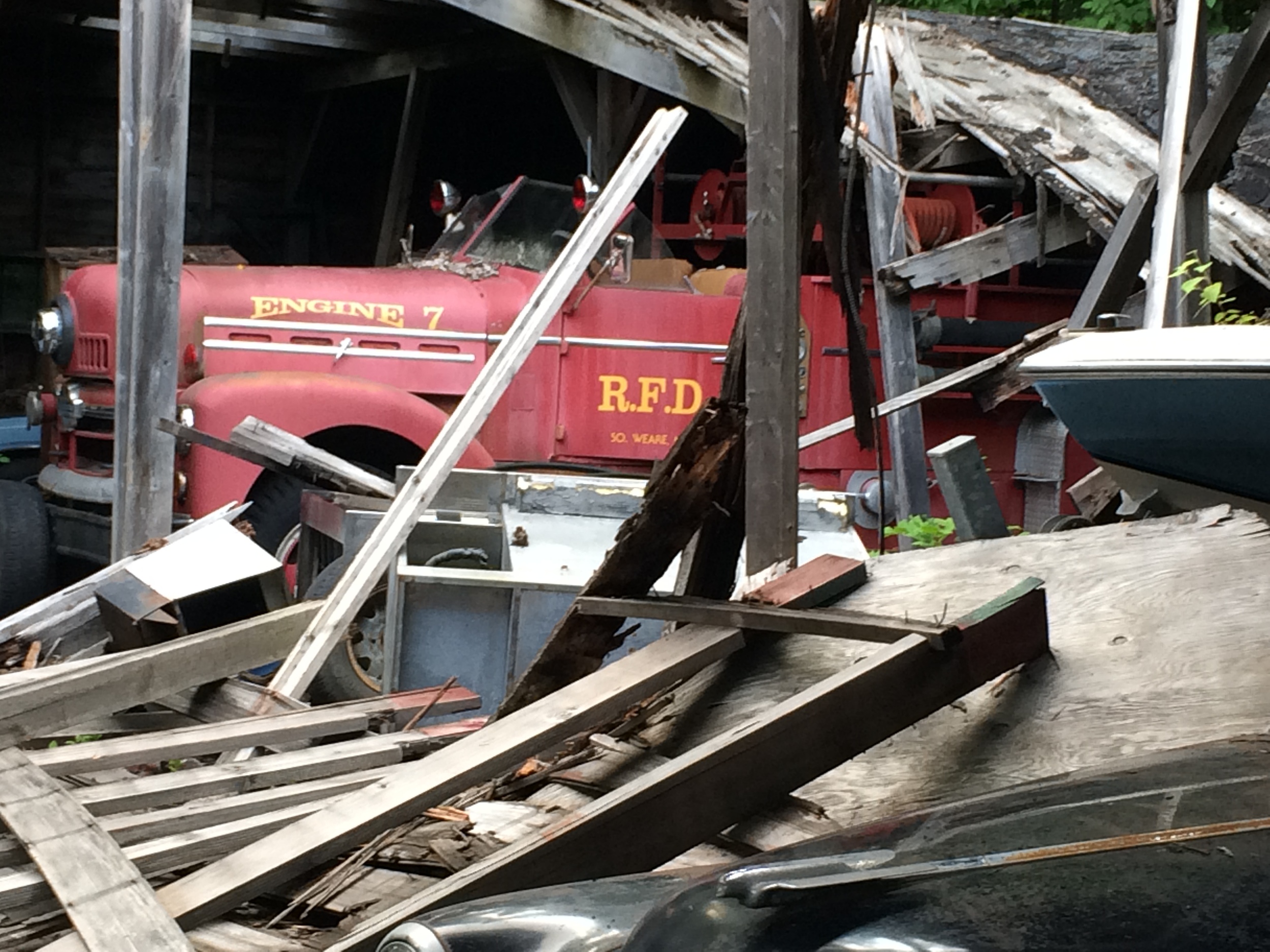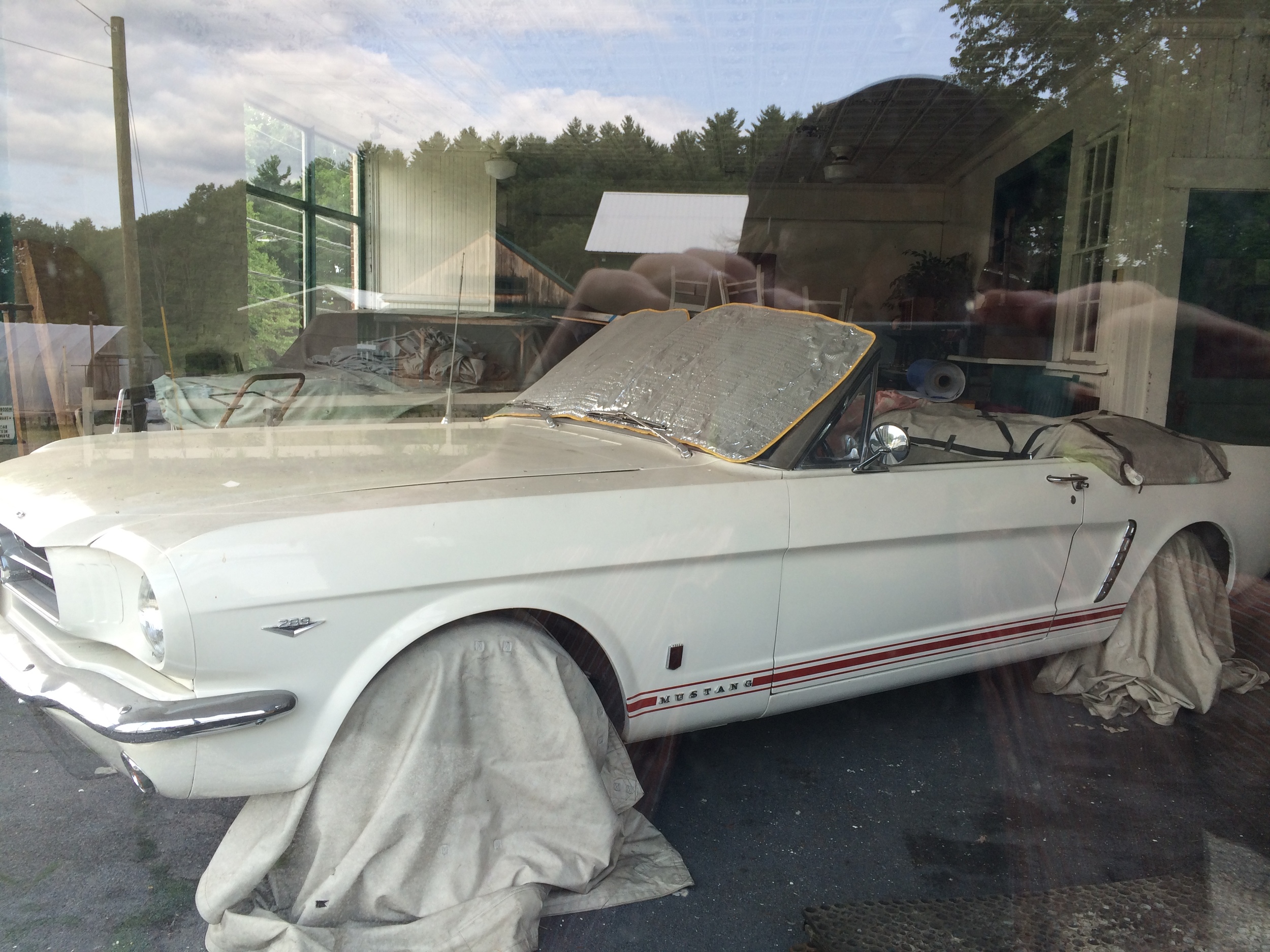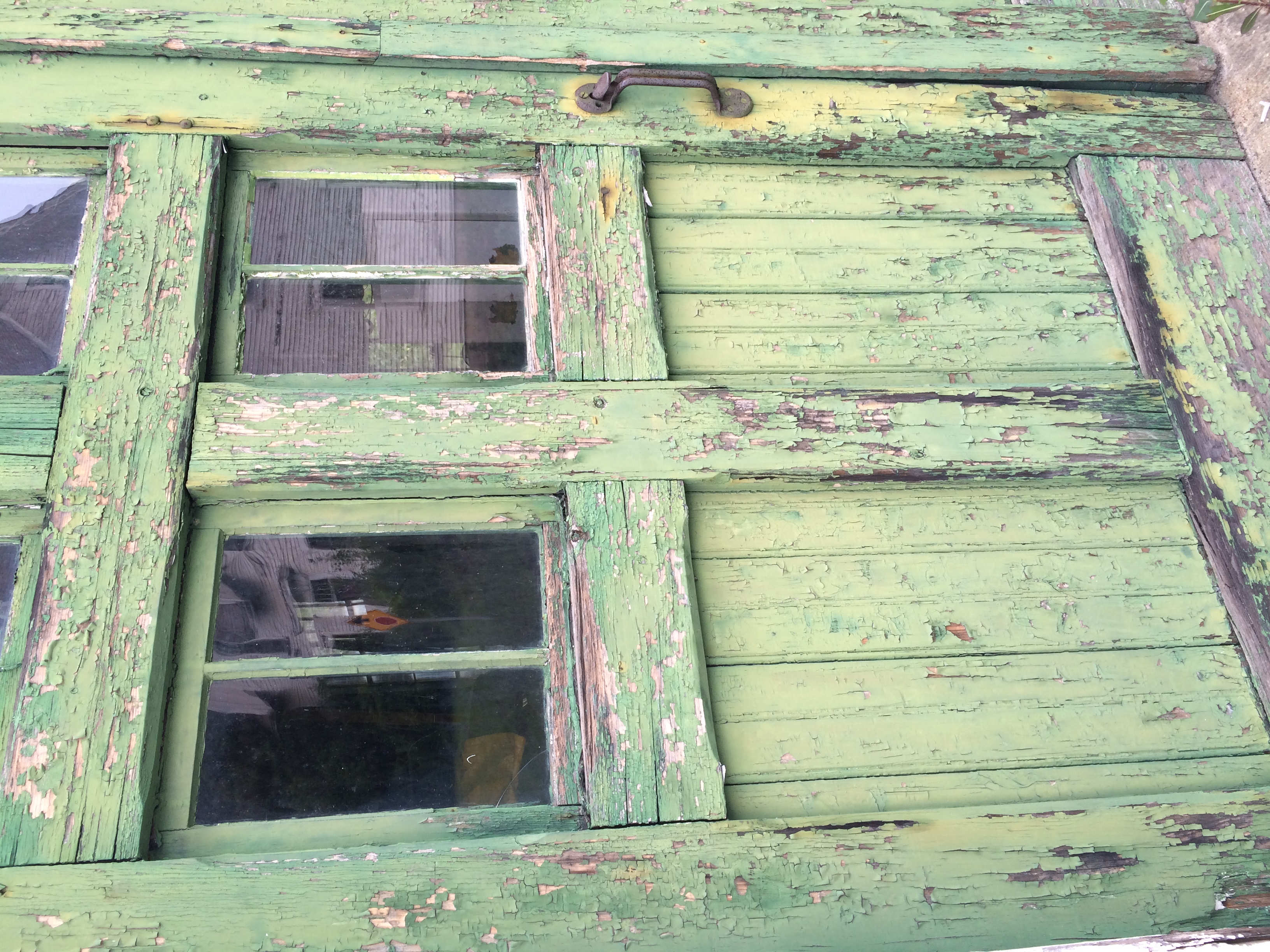#TBT: Where the (Cowboy) Action Is
Gary Miller
Click image to advance through gallery. All photos by Gary Lee Miller and Deb Fleischman.
A number of years back, Deb, Eli, and took a drive up to St. Johnsbury Vermont for an event put on by the Verdant Mountain Vigilantes, Vermont's largest cowboy action shooting organization. Cowboy action, which at the time was allegedly the fastest growing shooting sport in the world, involves people dressing up as cowfolks (to be tastefully gender-neutral) and leaping with guns blazing into such scenarios as saloon shootouts, high-noon duels, and battles in the purple sage.
We honestly didn't know what to expect when we arrived, but what we found were some of the most colorful characters you have ever seen indulging in an afternoon of role-play and target shooting that made the Old West look like a whole lot of fun.
Let me be clear here that the first and foremost rule of the day was playing it safe. All guns were checked and handled by trained range-masters, and the only targets shot at were tin silhouettes. But that doesn't mean the participants didn't take their roles seriously, starting first and foremost with adopted cowfolk names like Witchita Wendy and Doc McCoy, and moving on to hand-tooled leather apparel and replica weapons worth hundreds of dollars.
While we were there, we did a lot of shooting. Having grown up with guns, most of the shooting part was old hat for me, and I did my shooting with the camera. Deb took some photos, too, and she and Eli fired real weapons for the first time. Deb tried her hand with a six-shooter; Eli took aim with that and a rifle, too. And he learned to twirl a lariat like a real cowpoke.
If you're in trouble at the OK Corral, just give us a call. We know how to handle it.
Want more garyleestories? Just click the li'l arrow.


